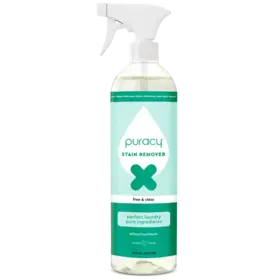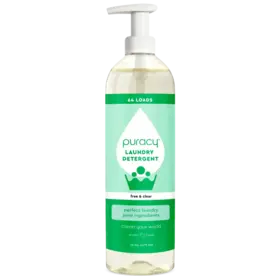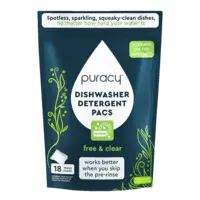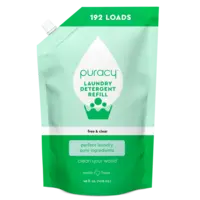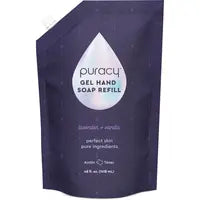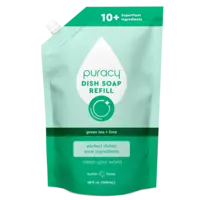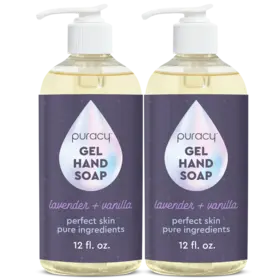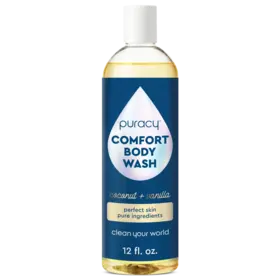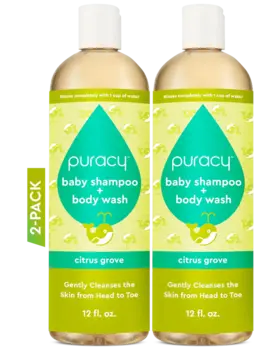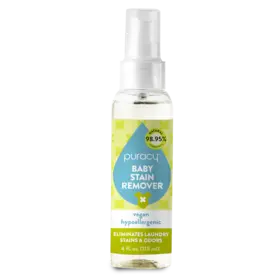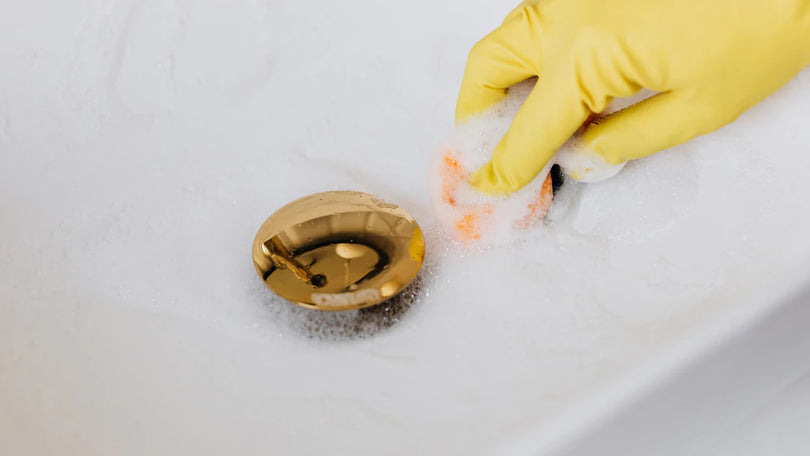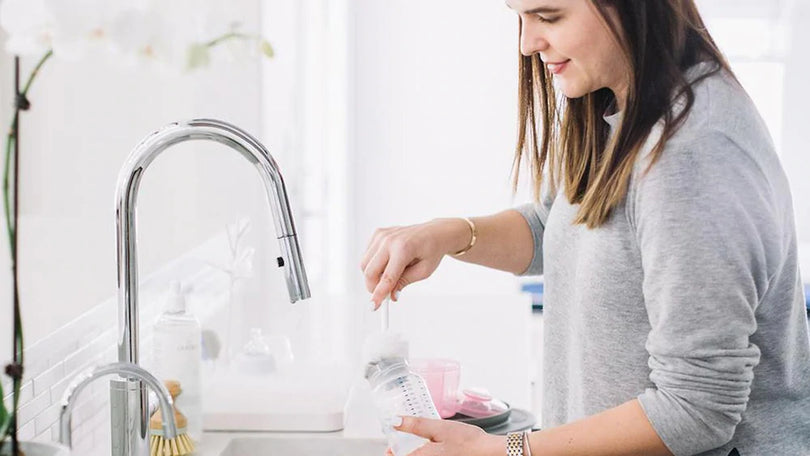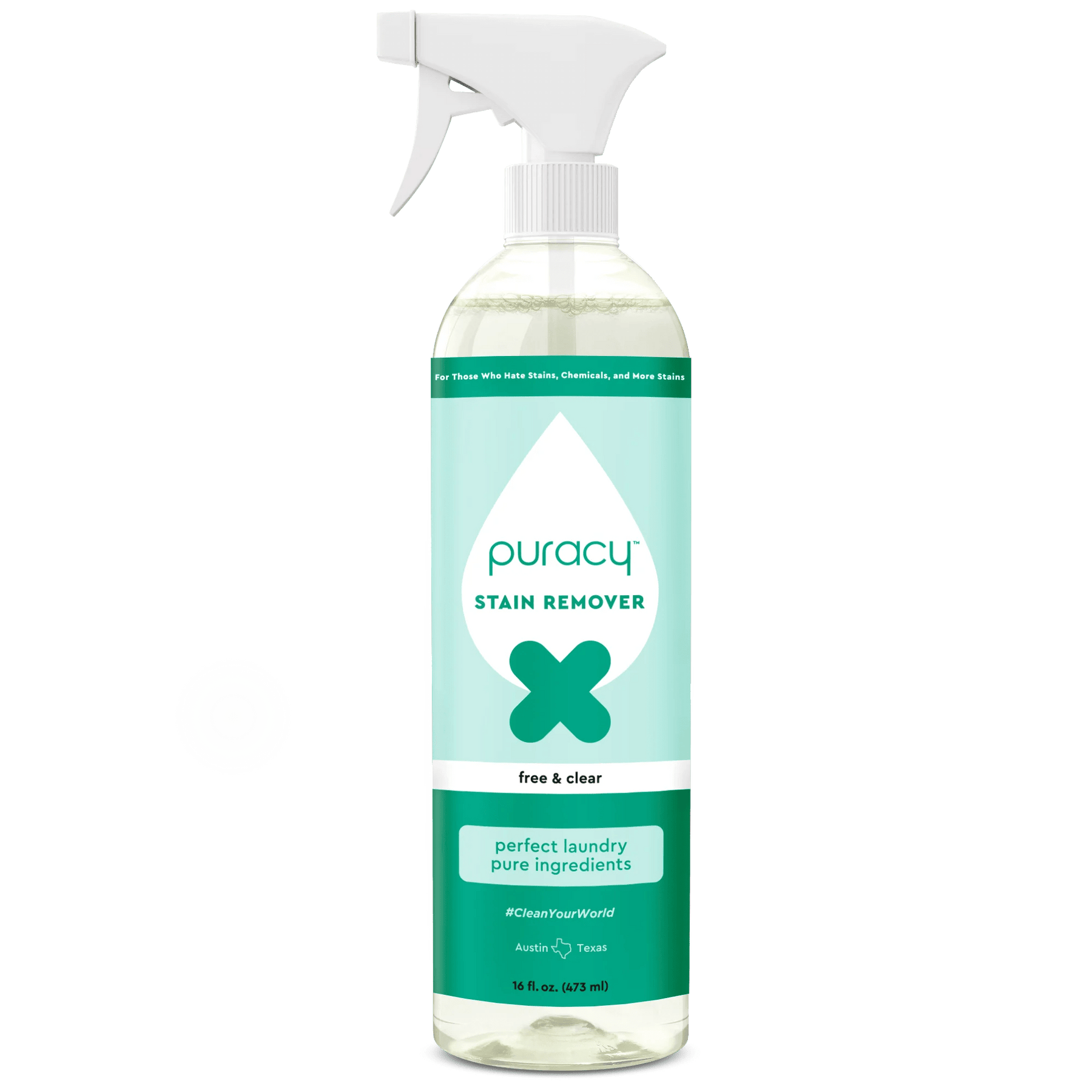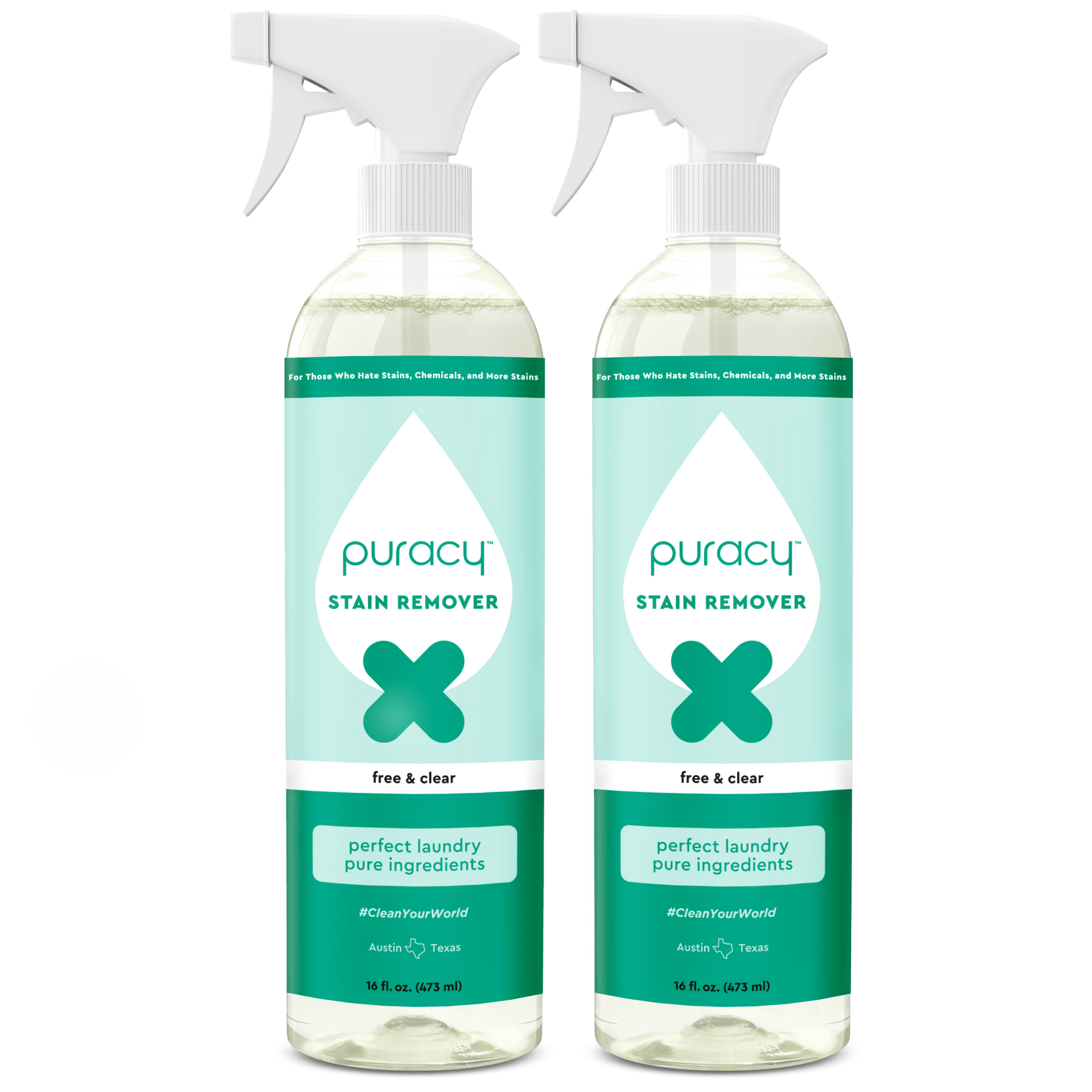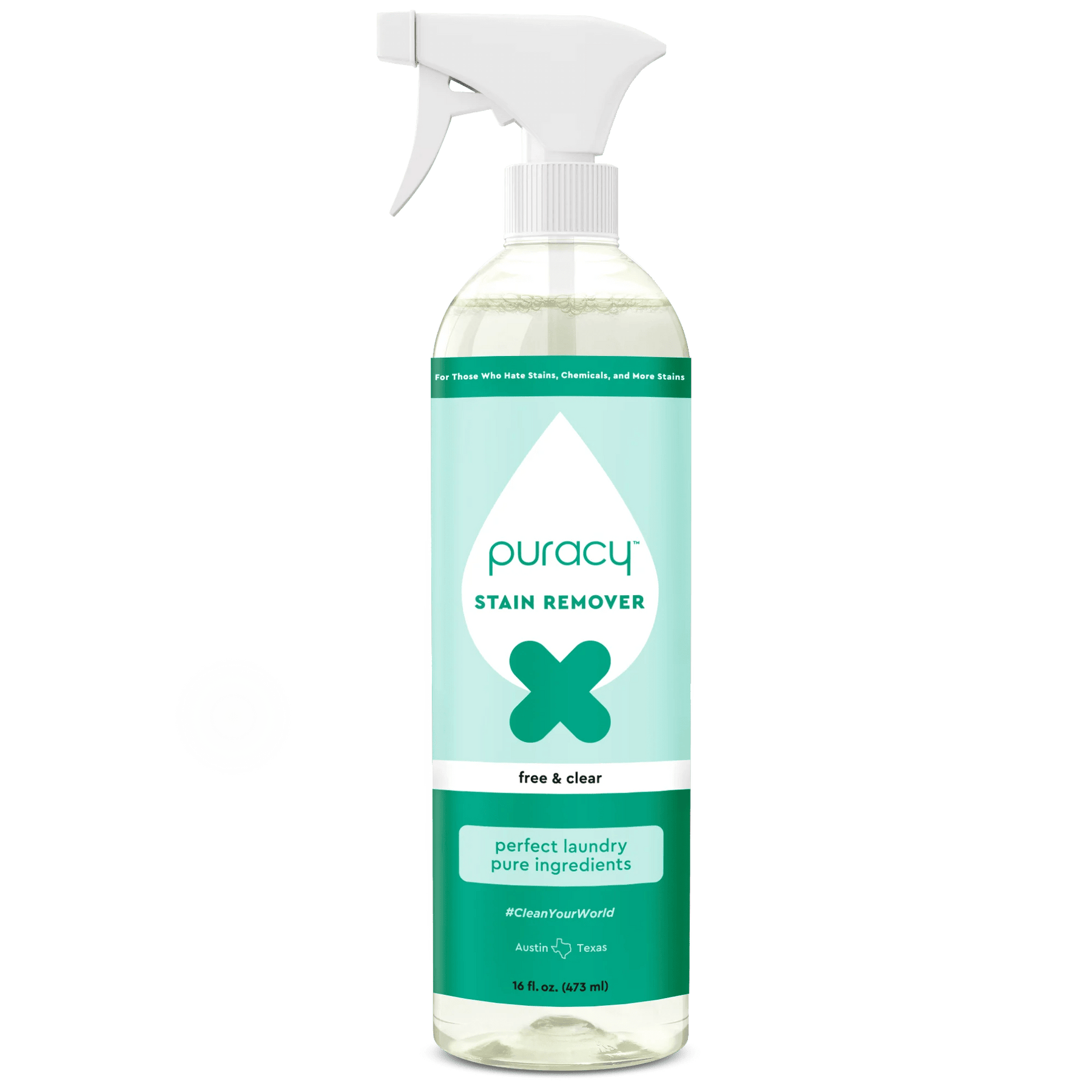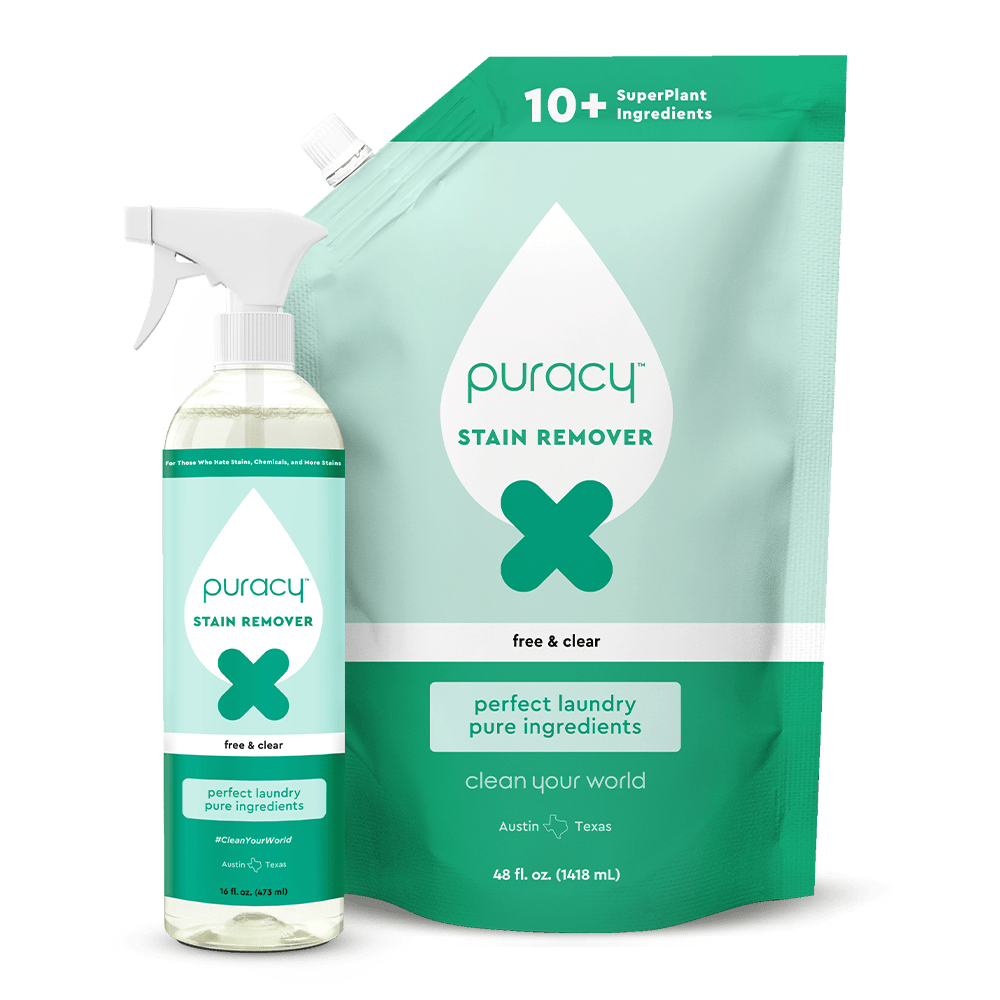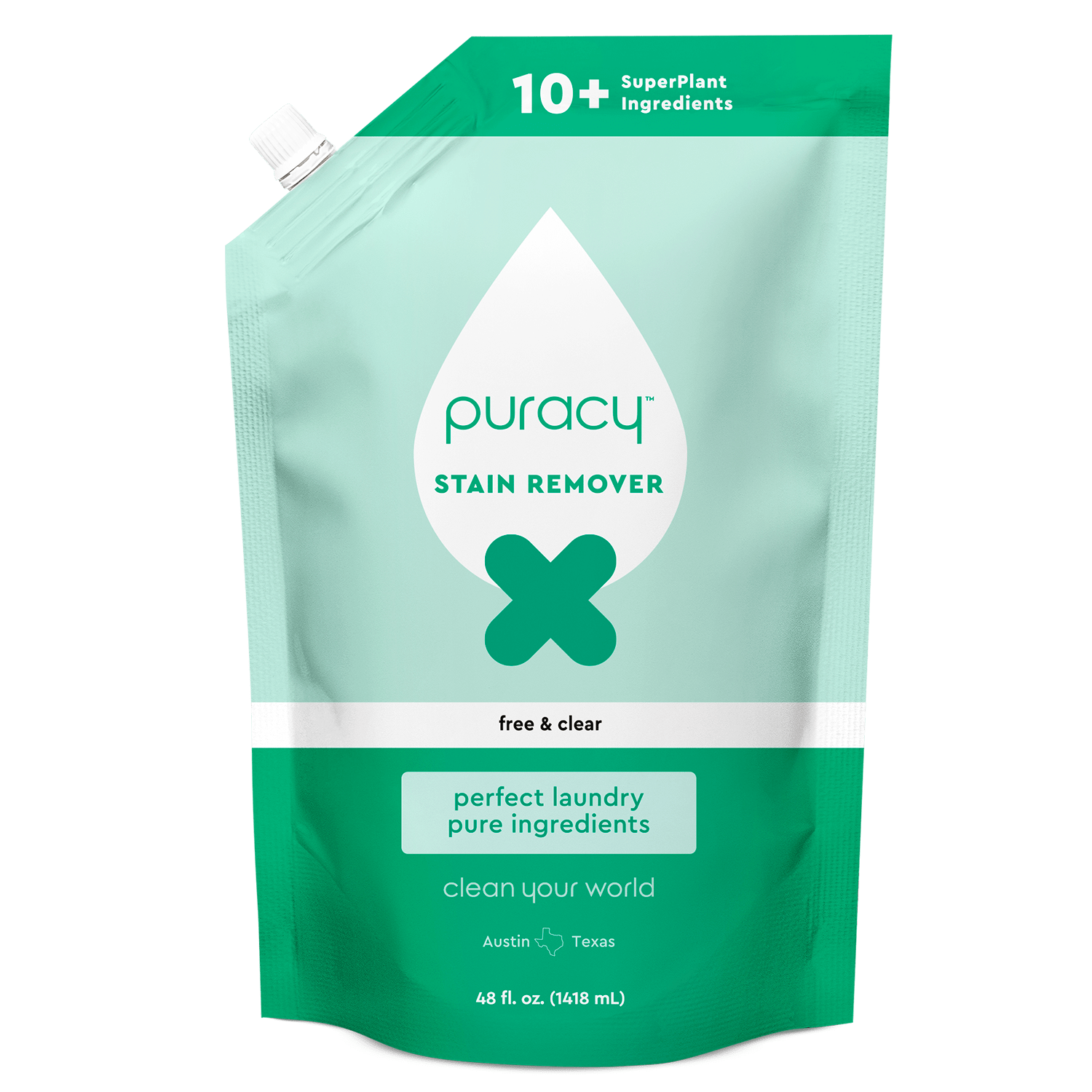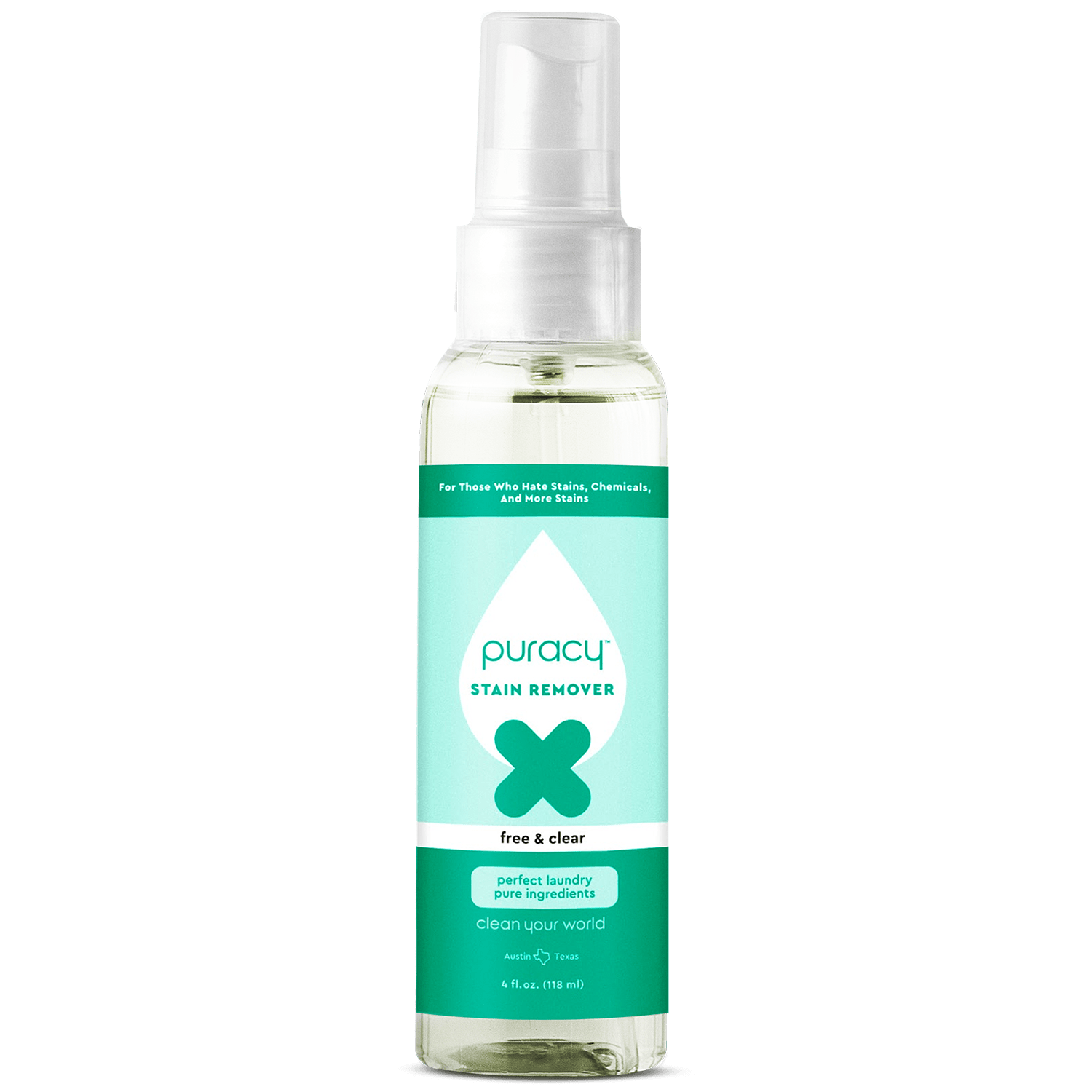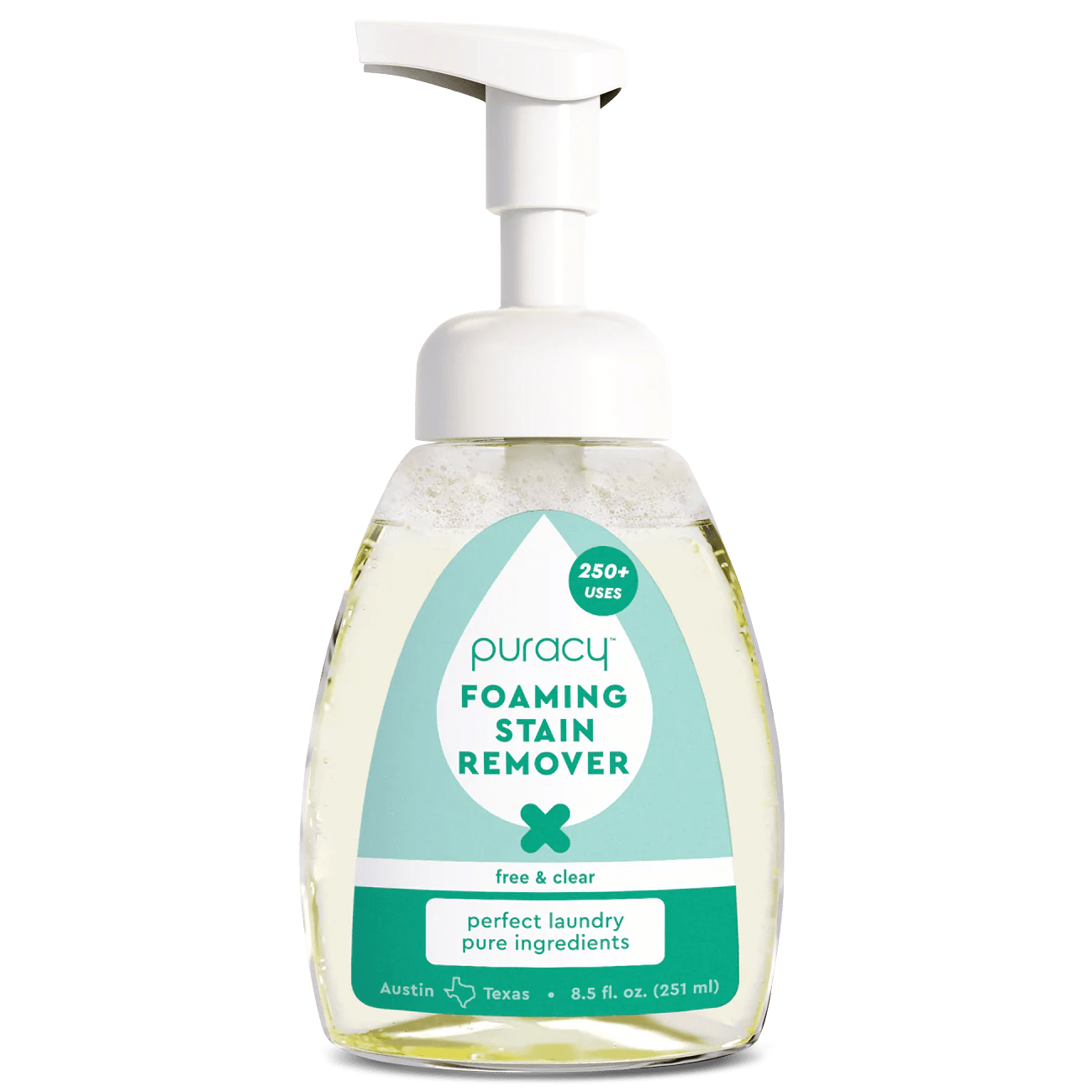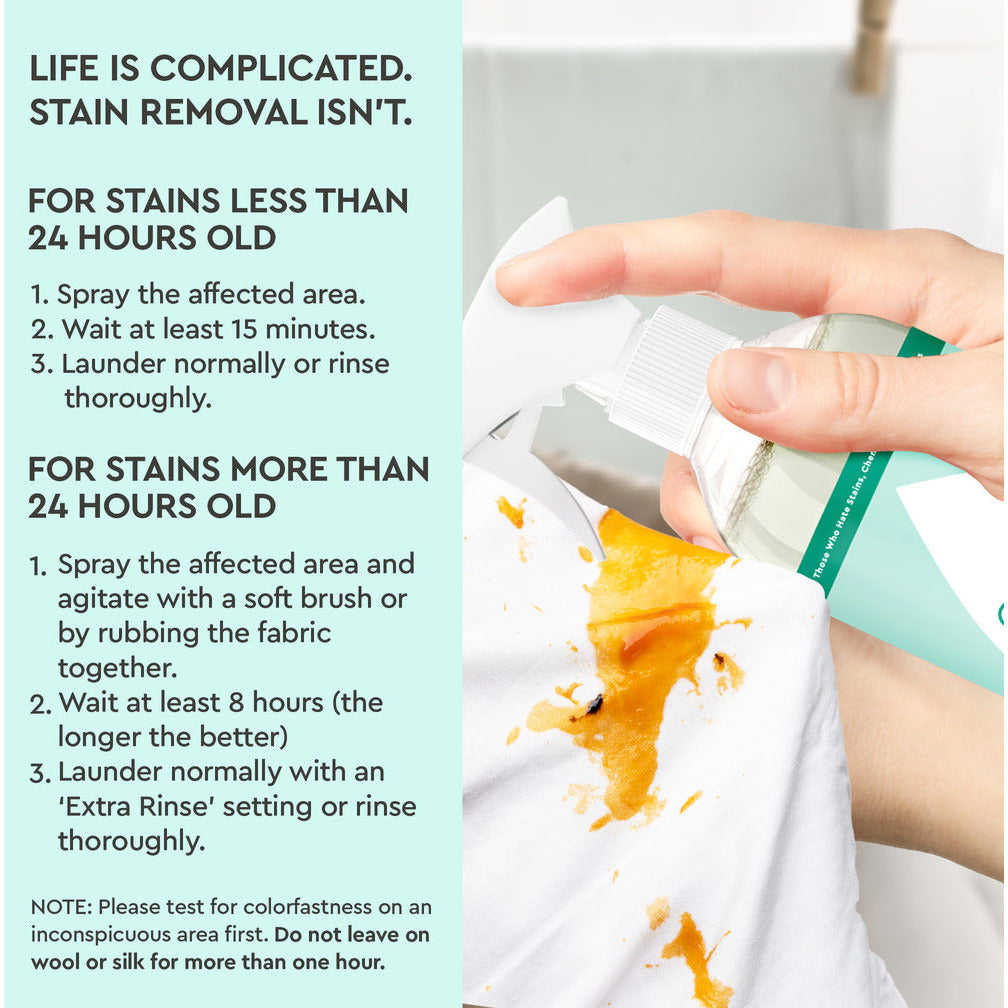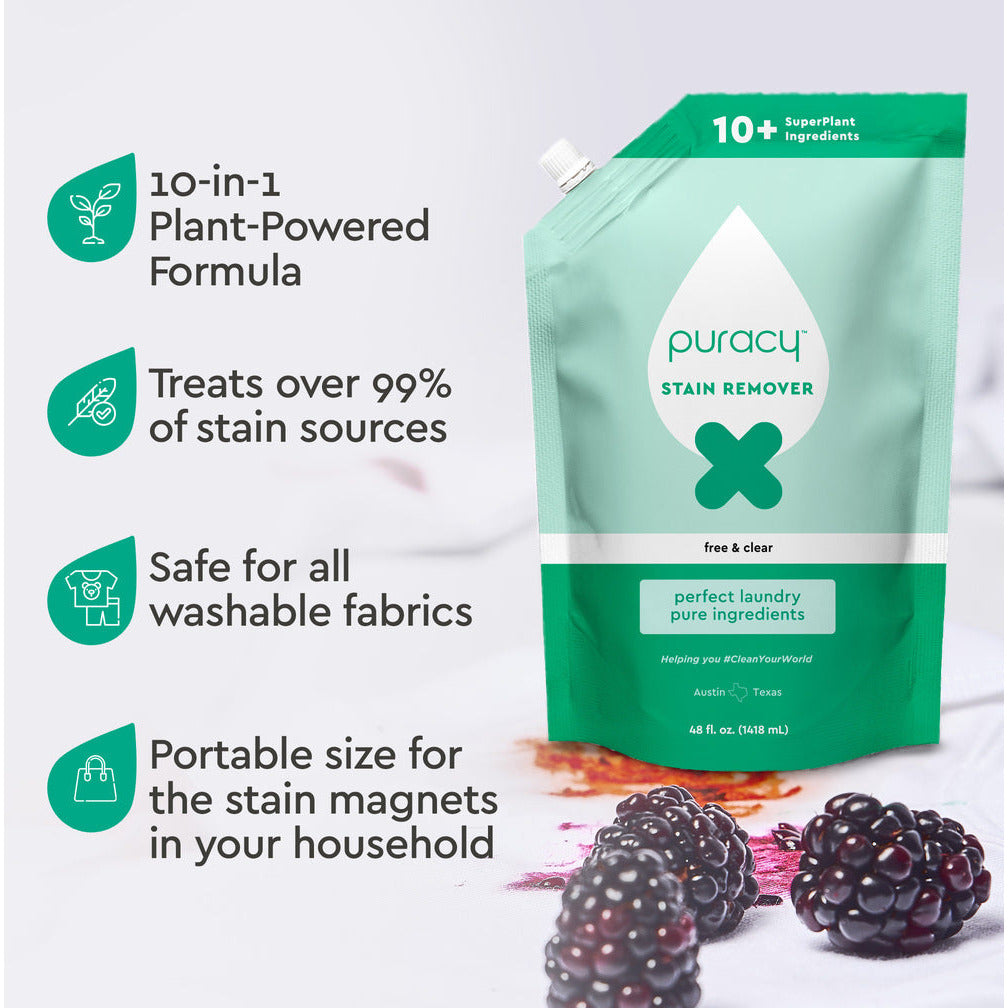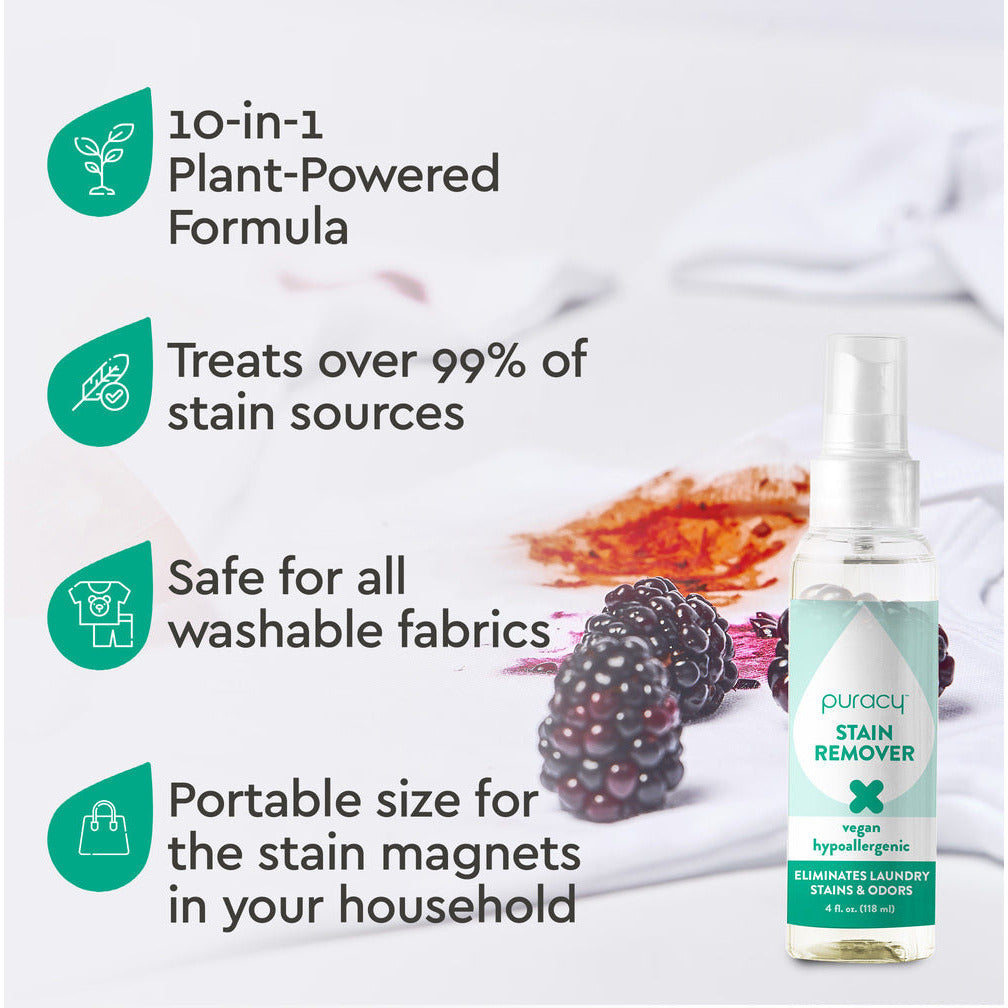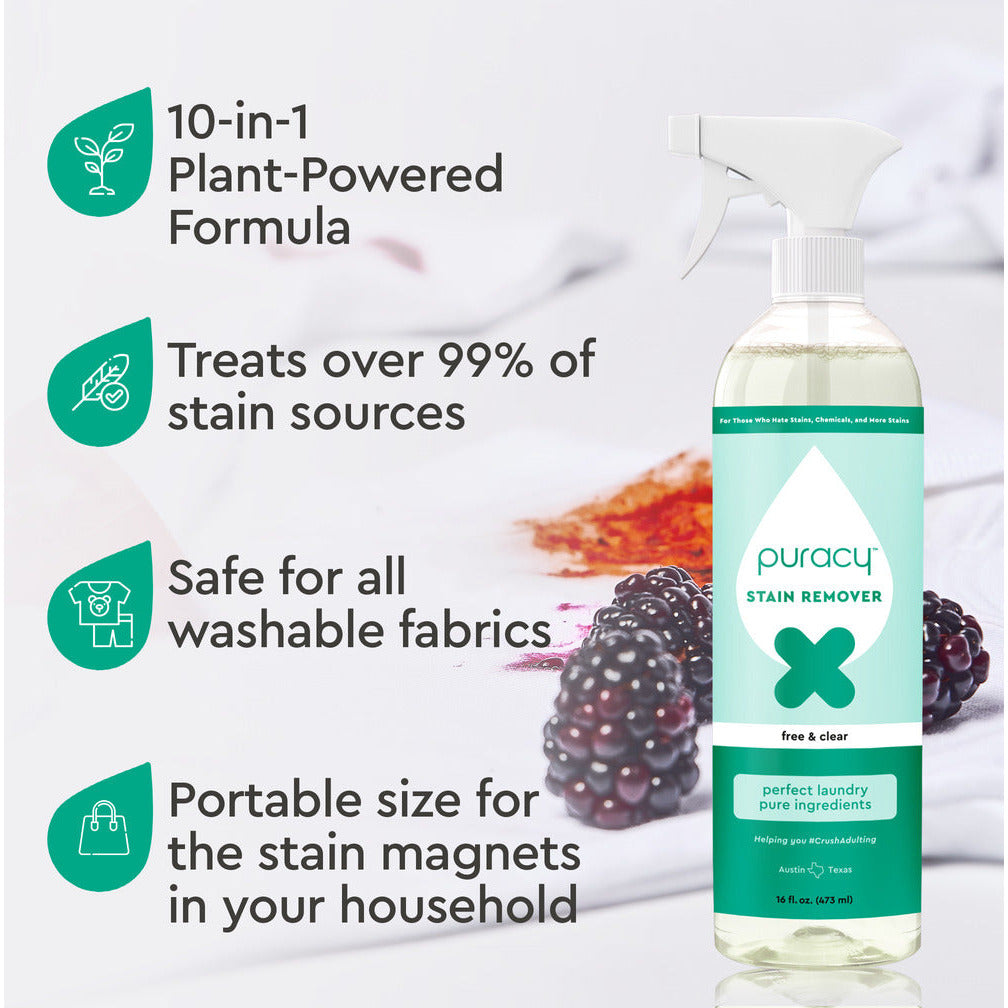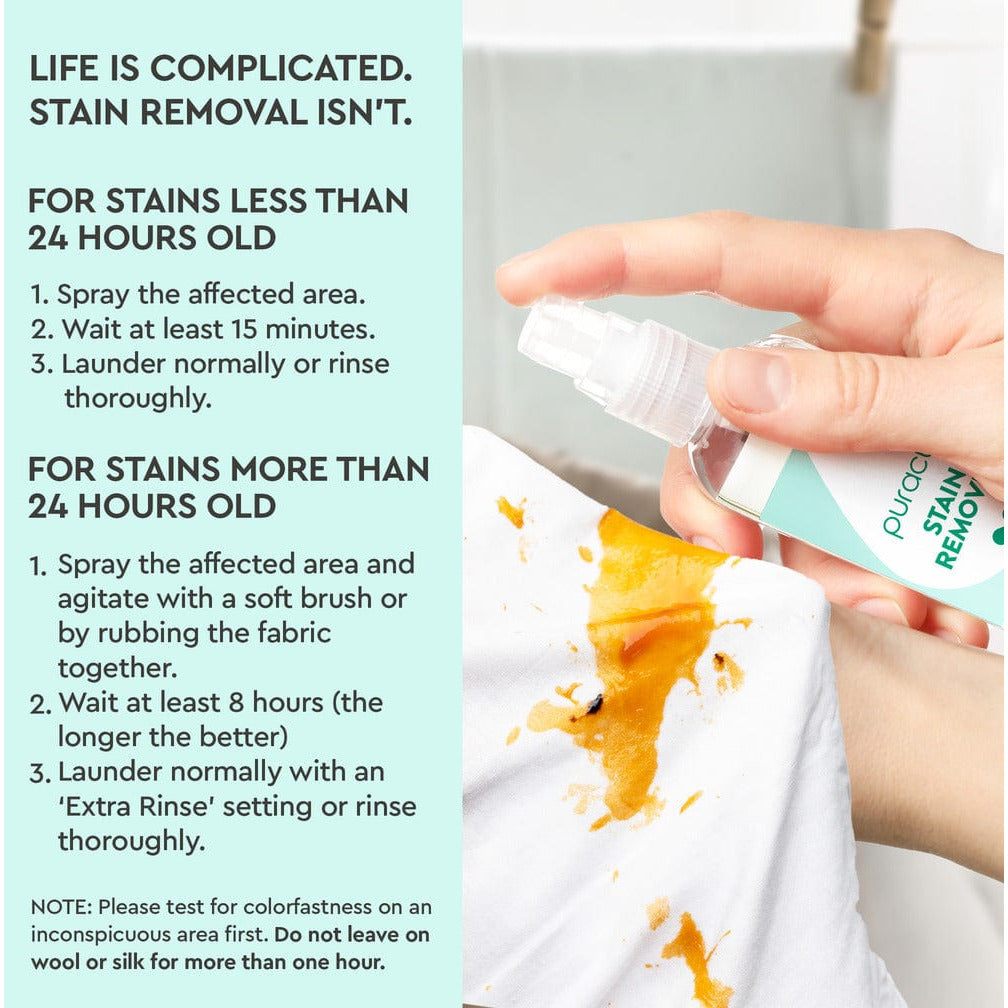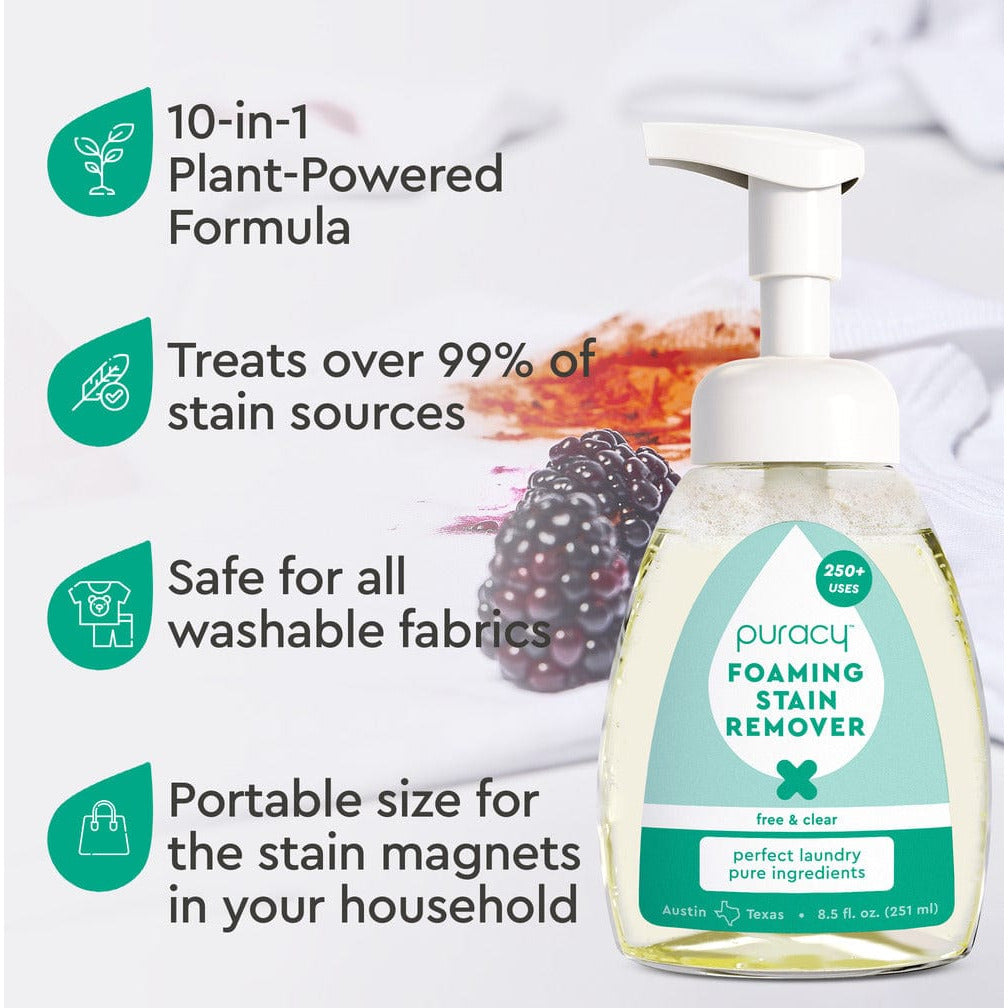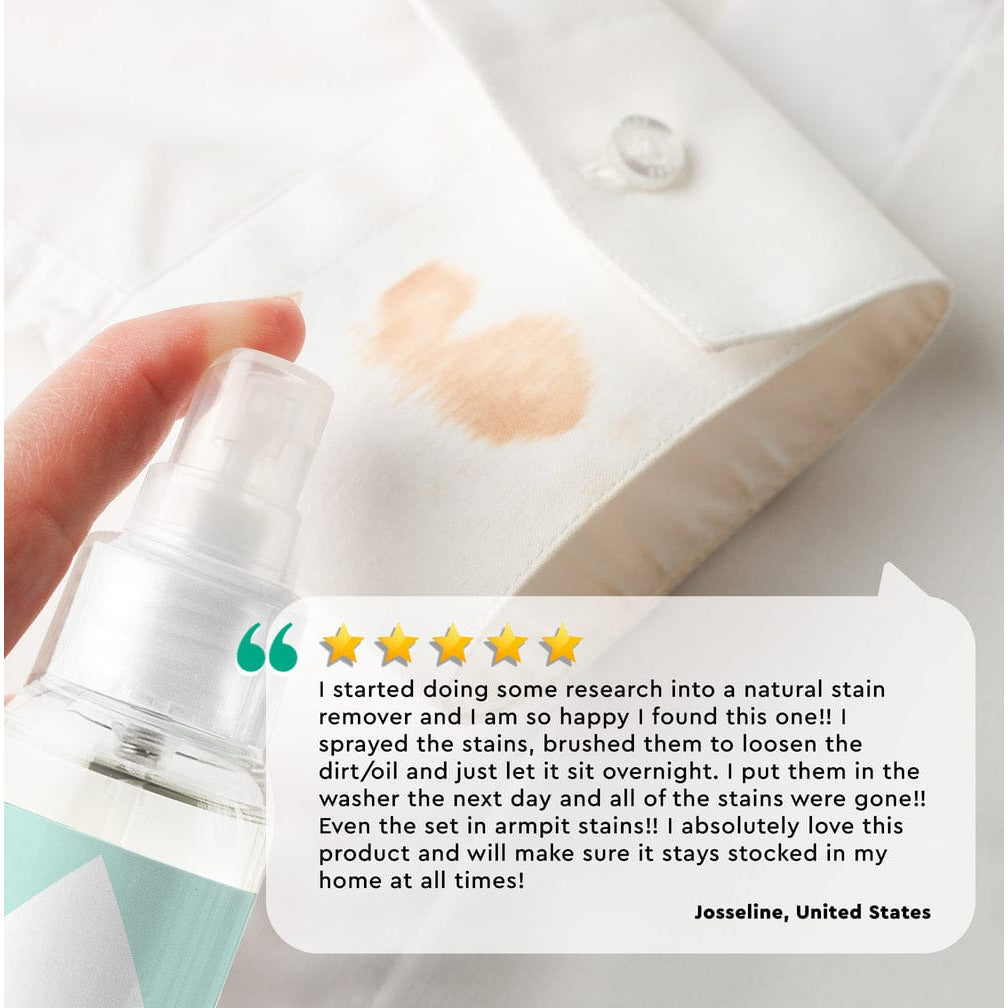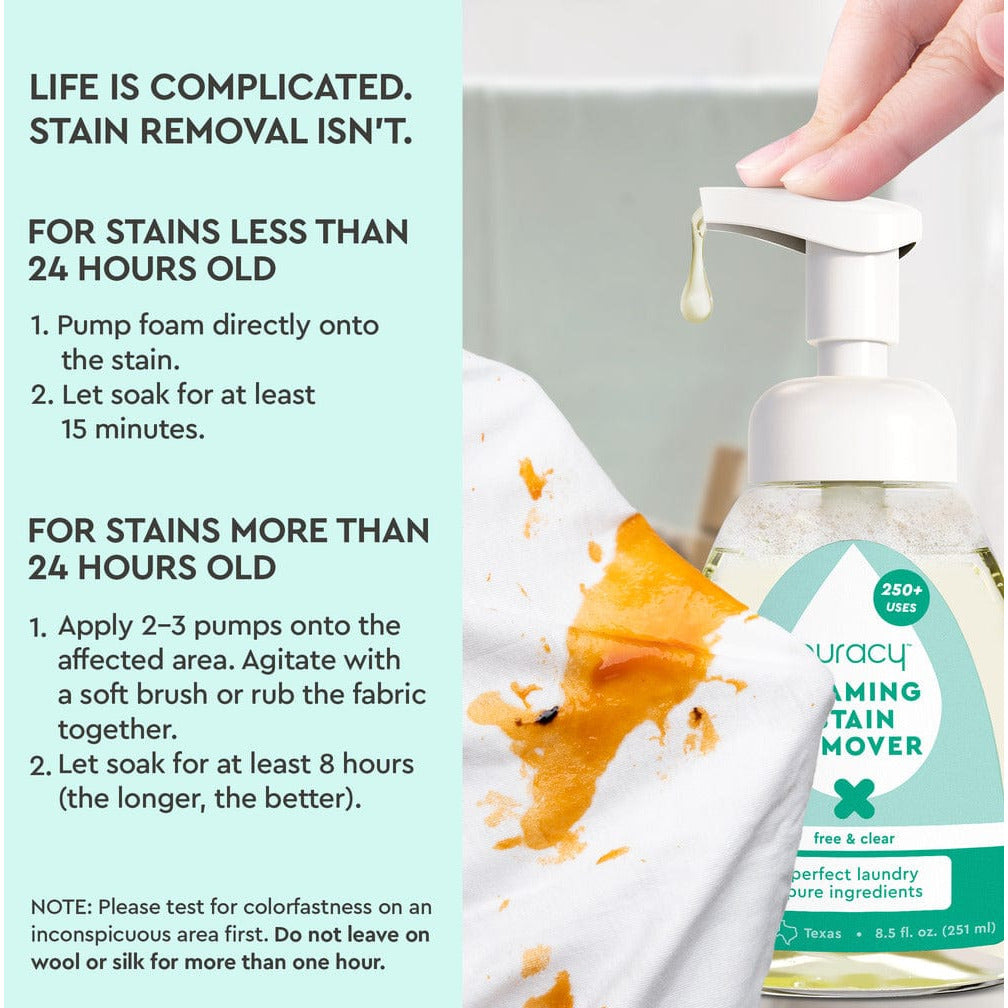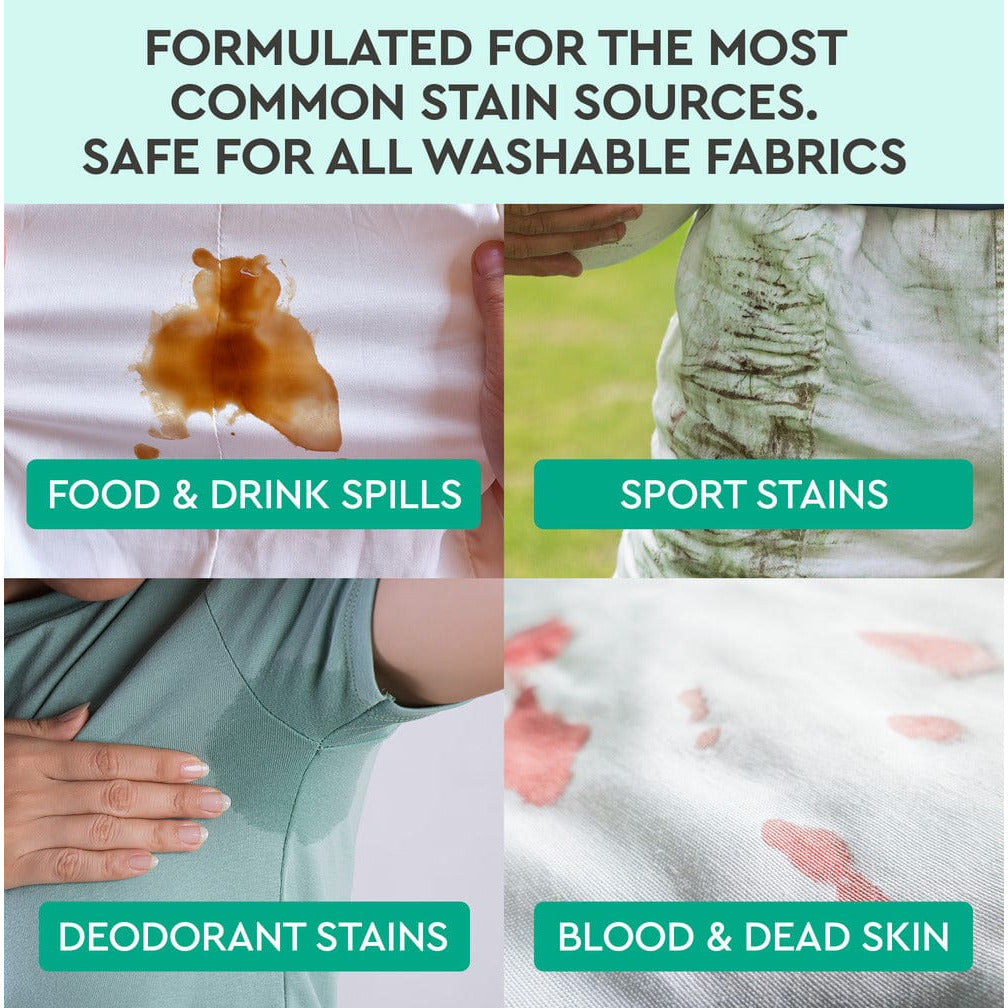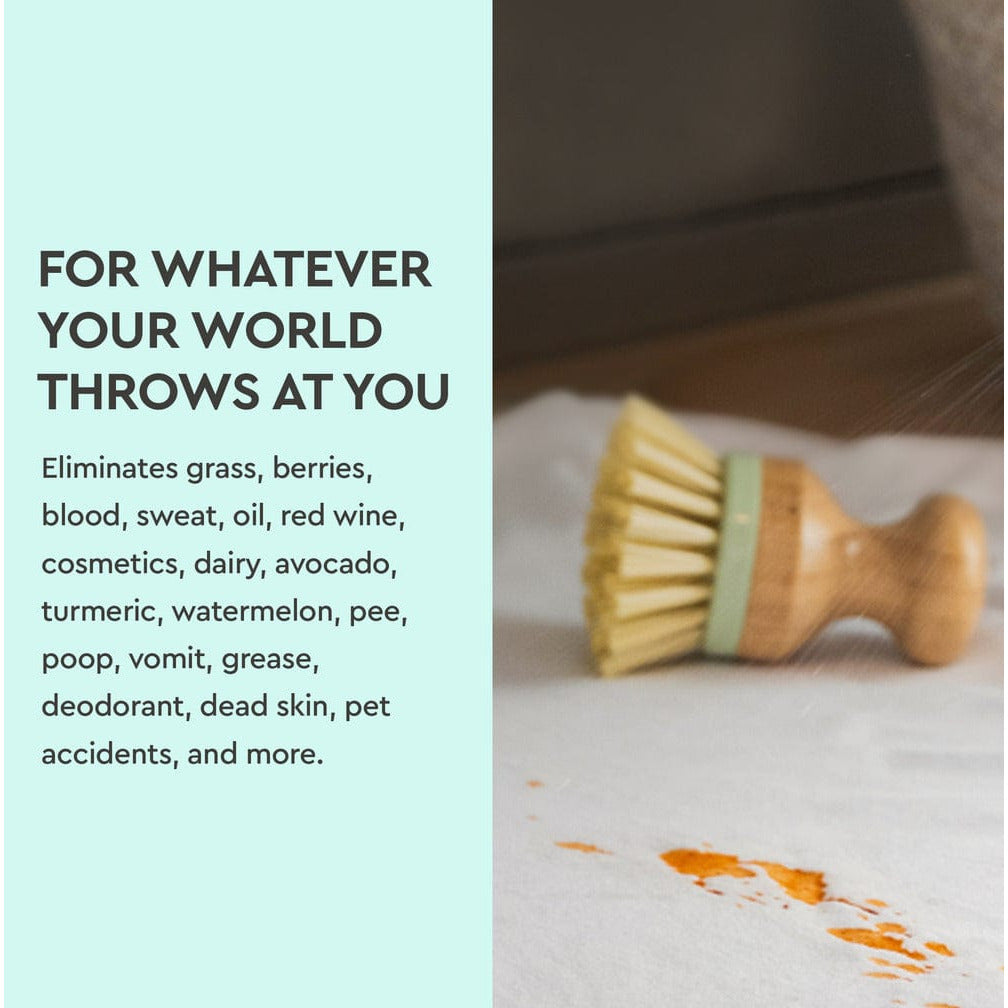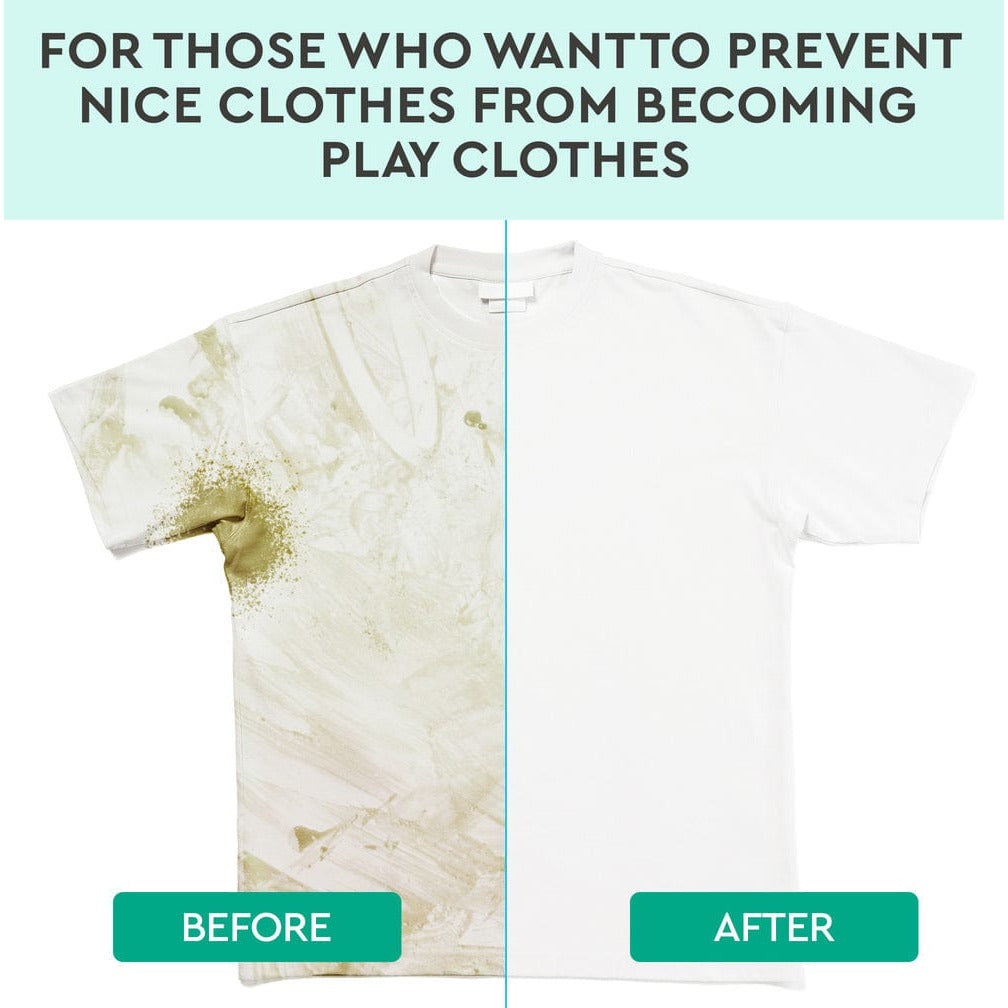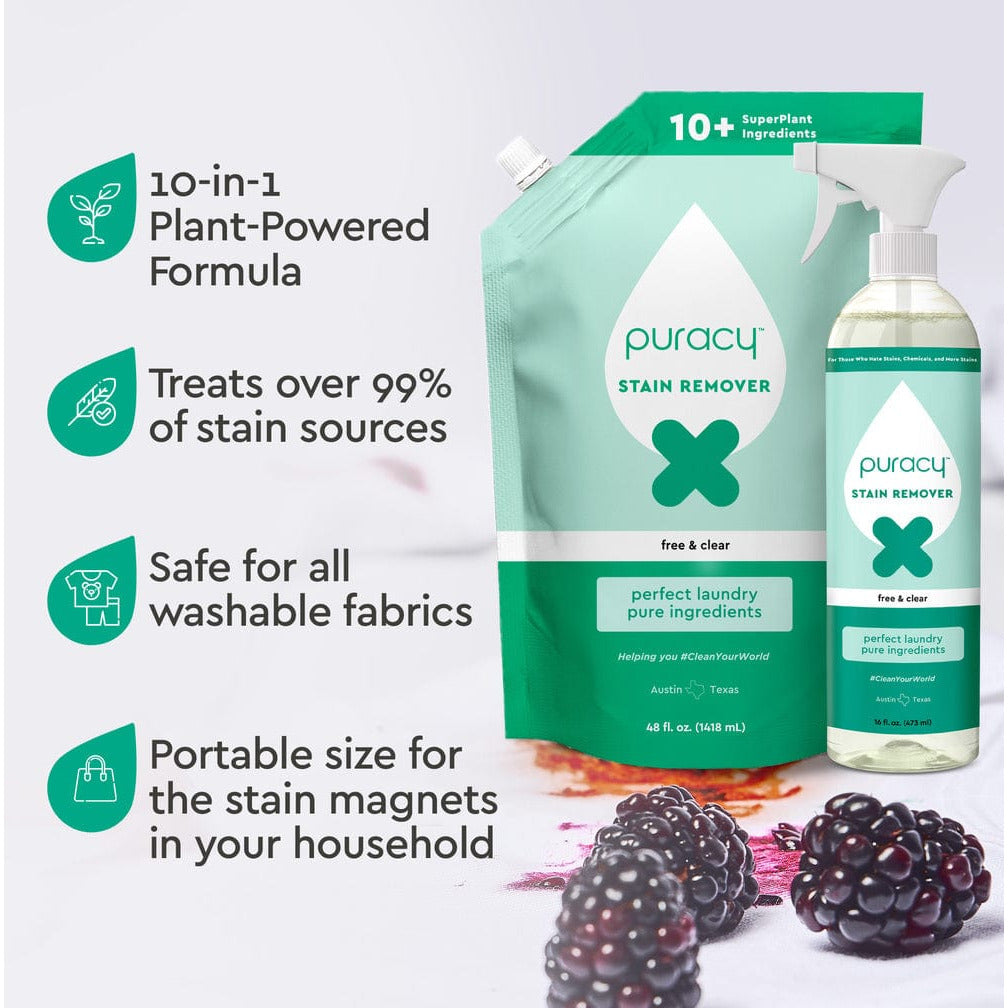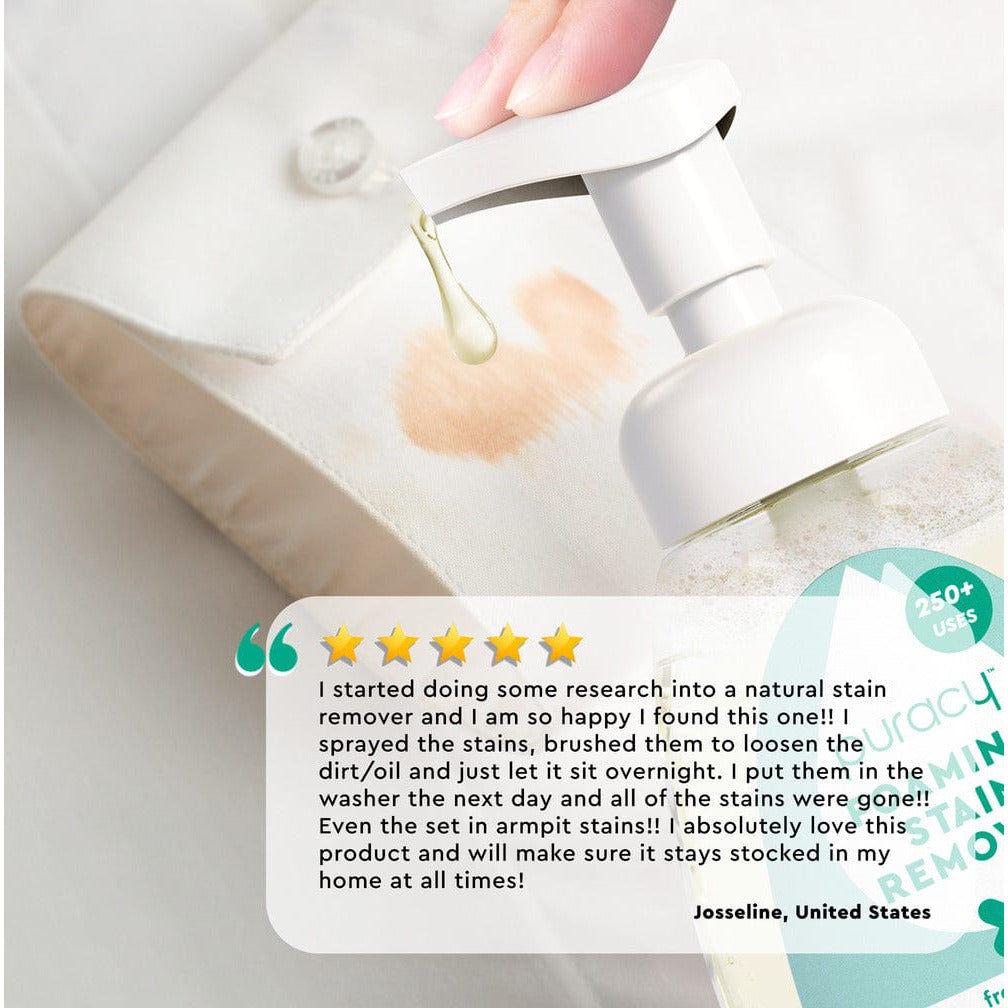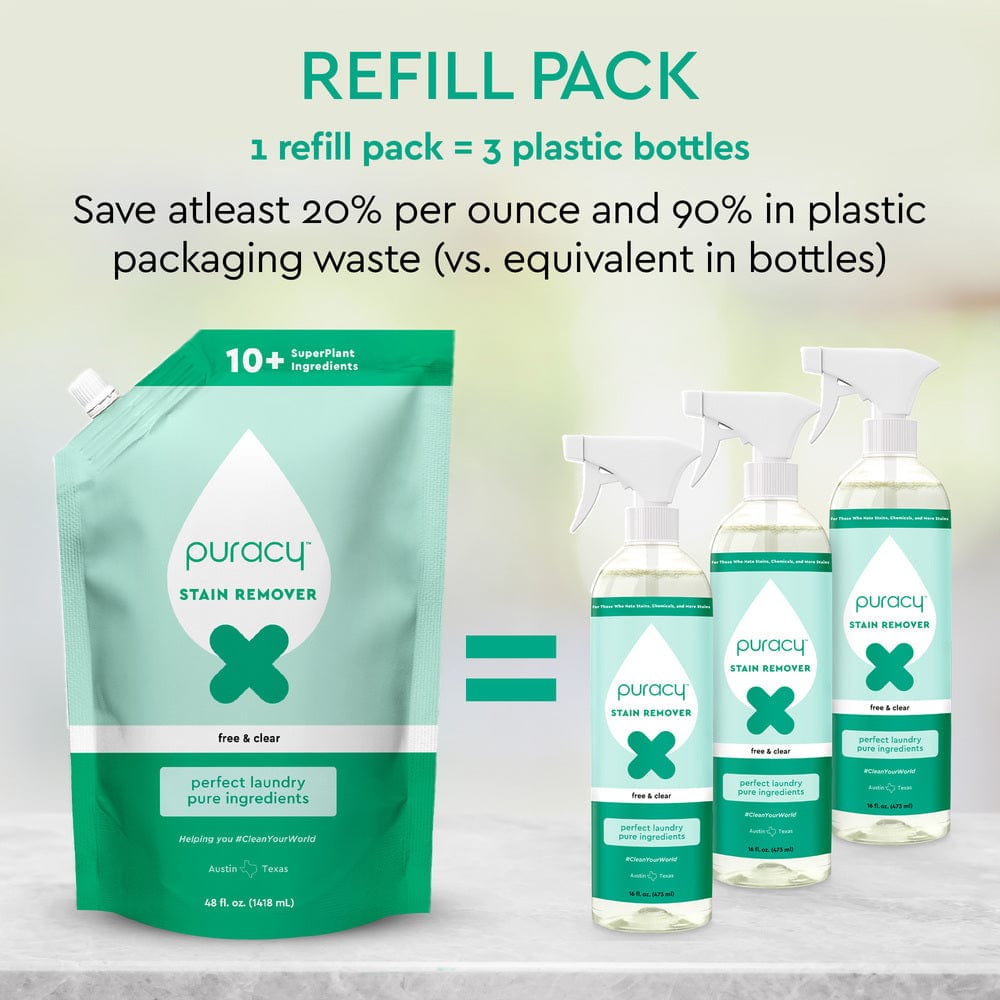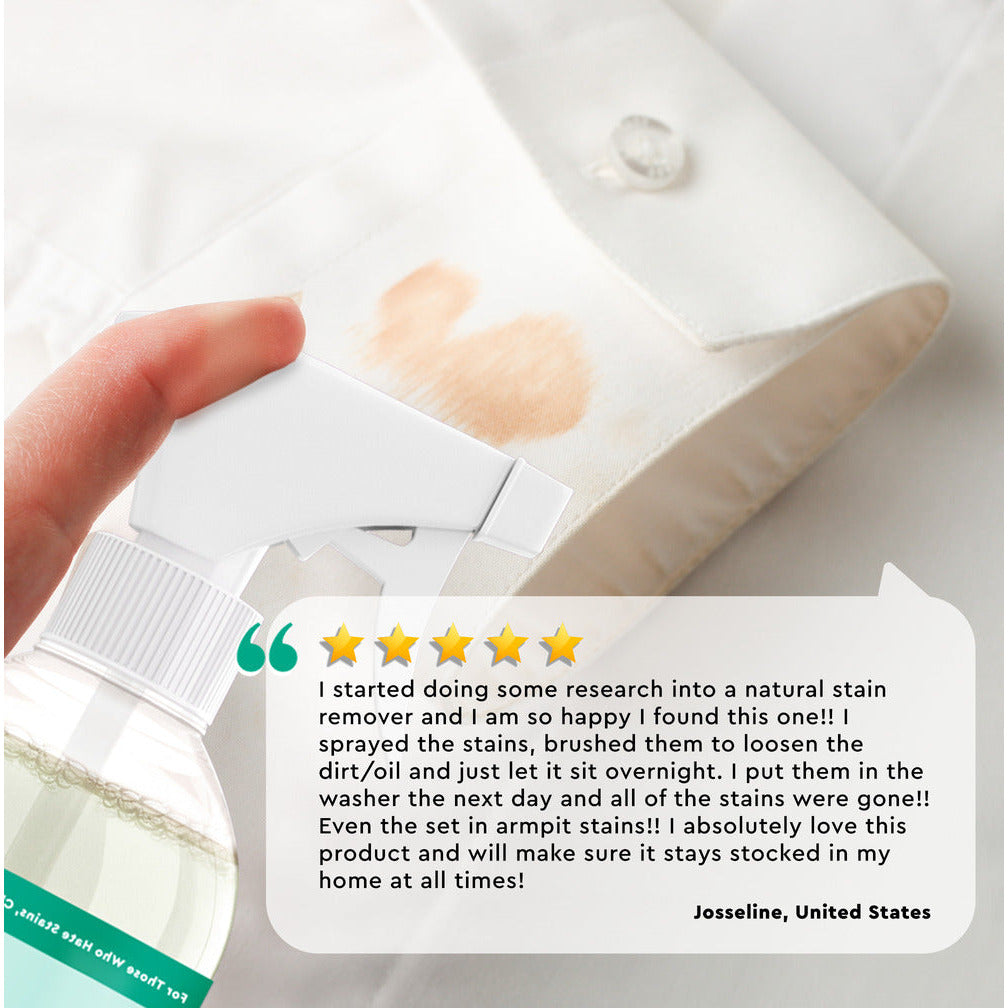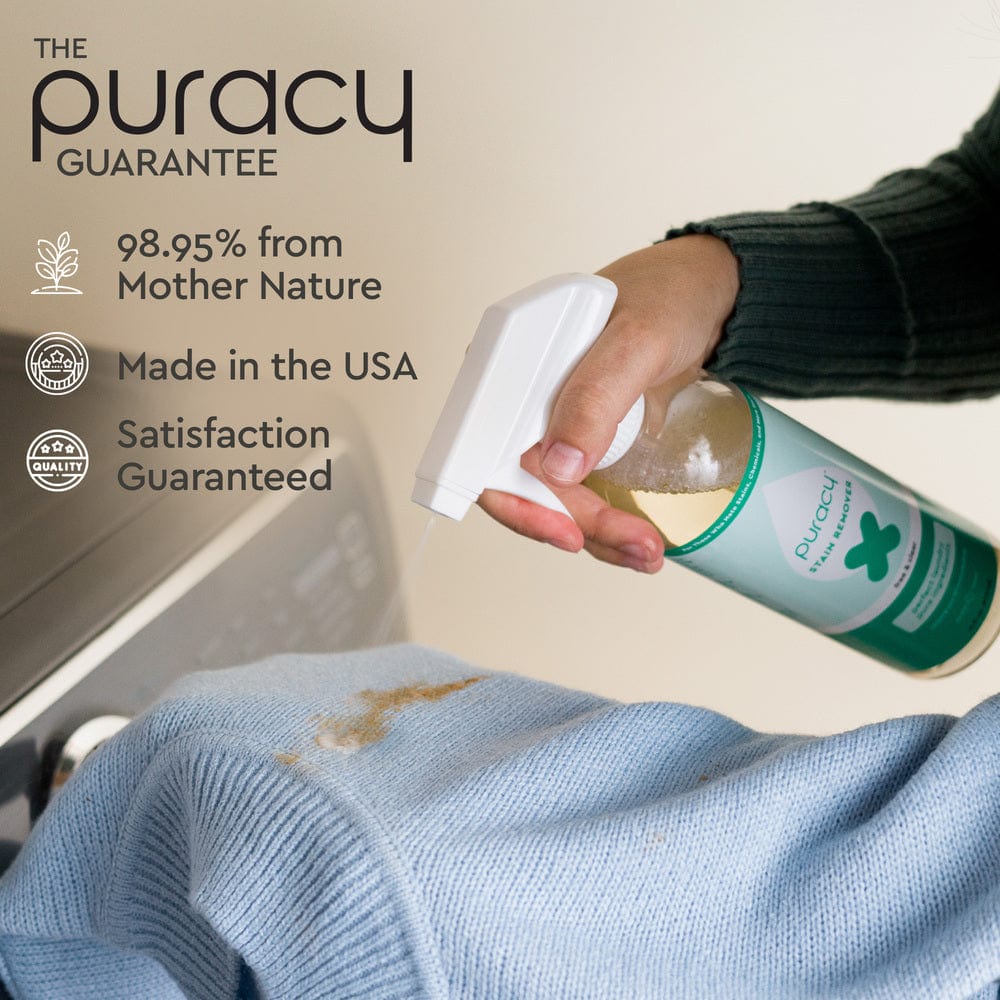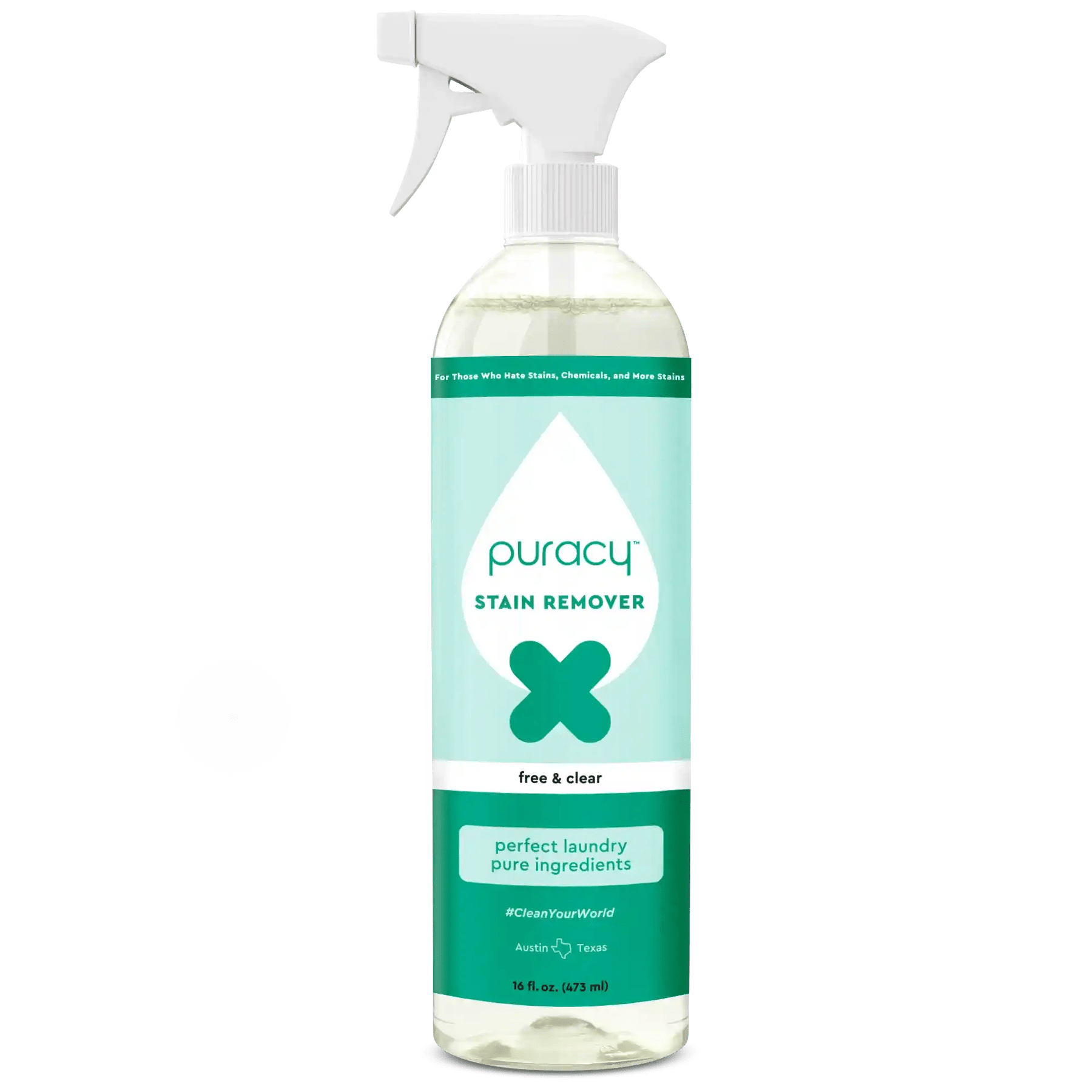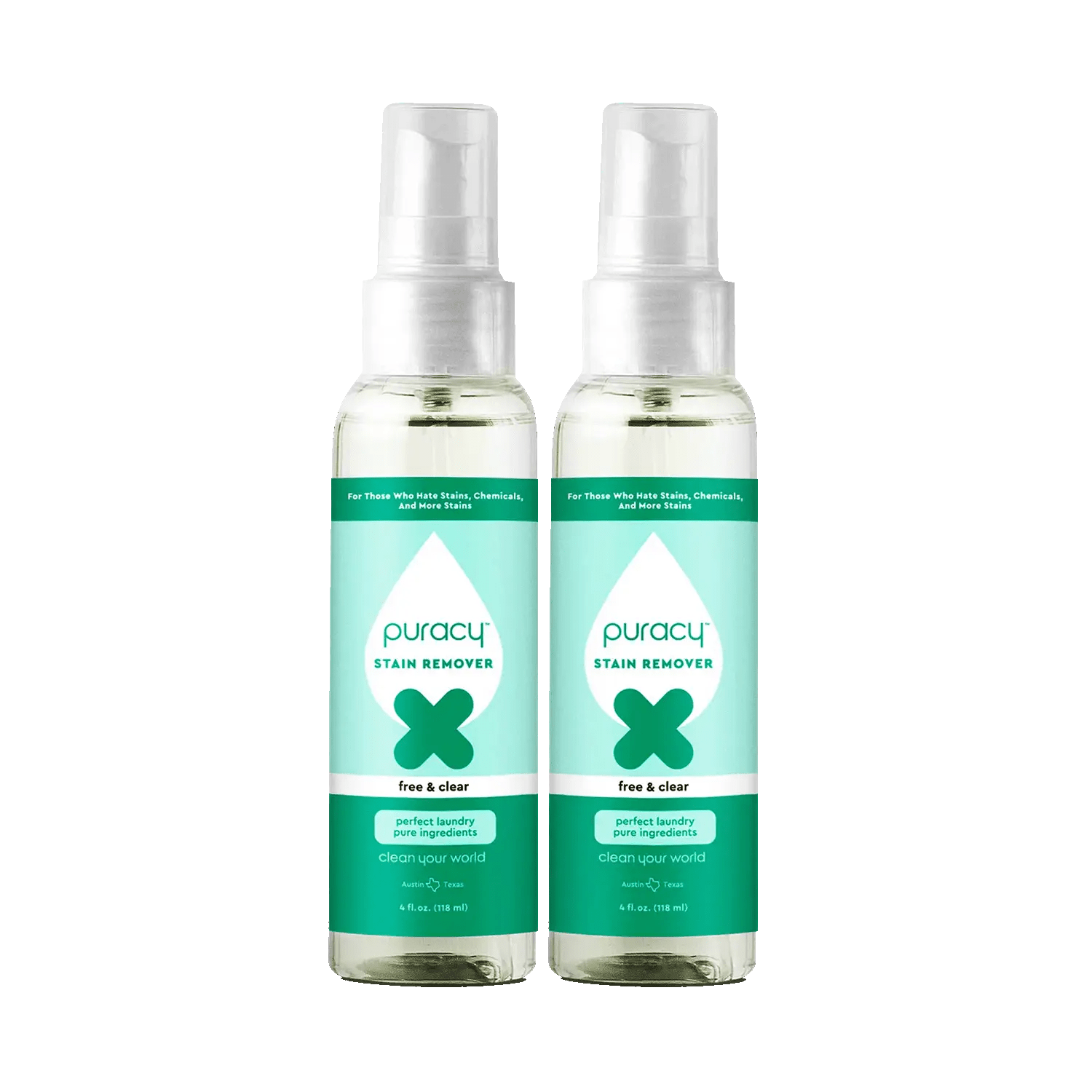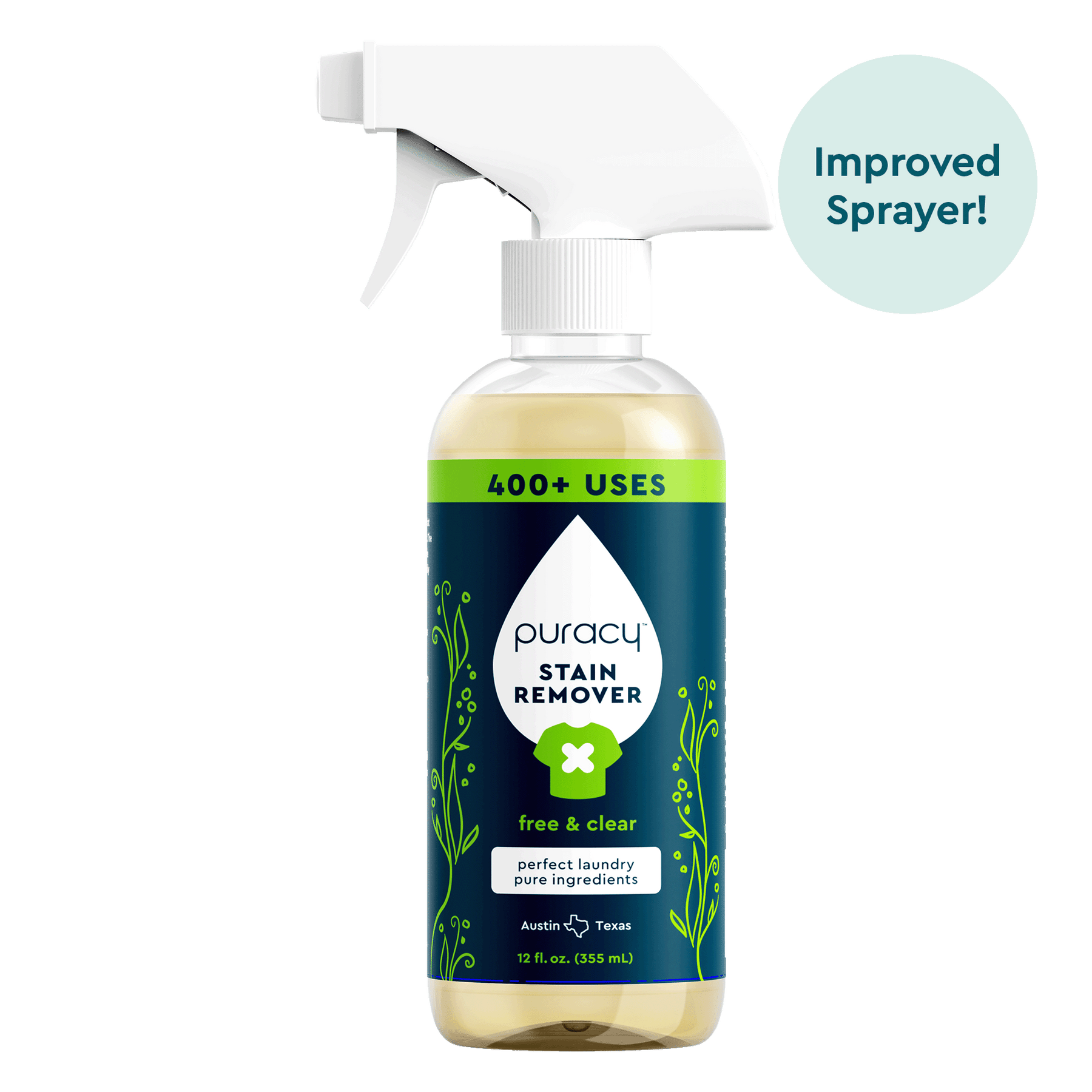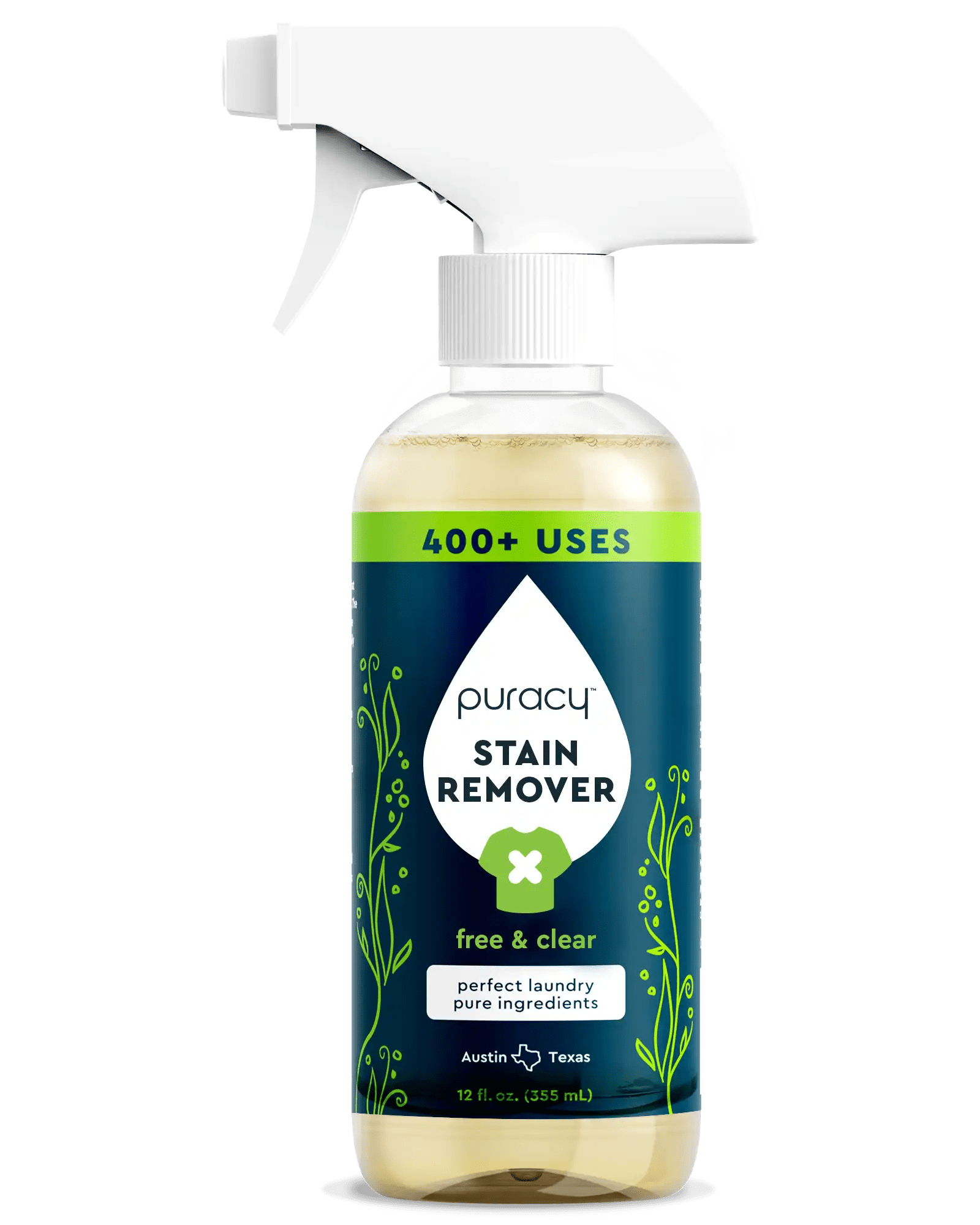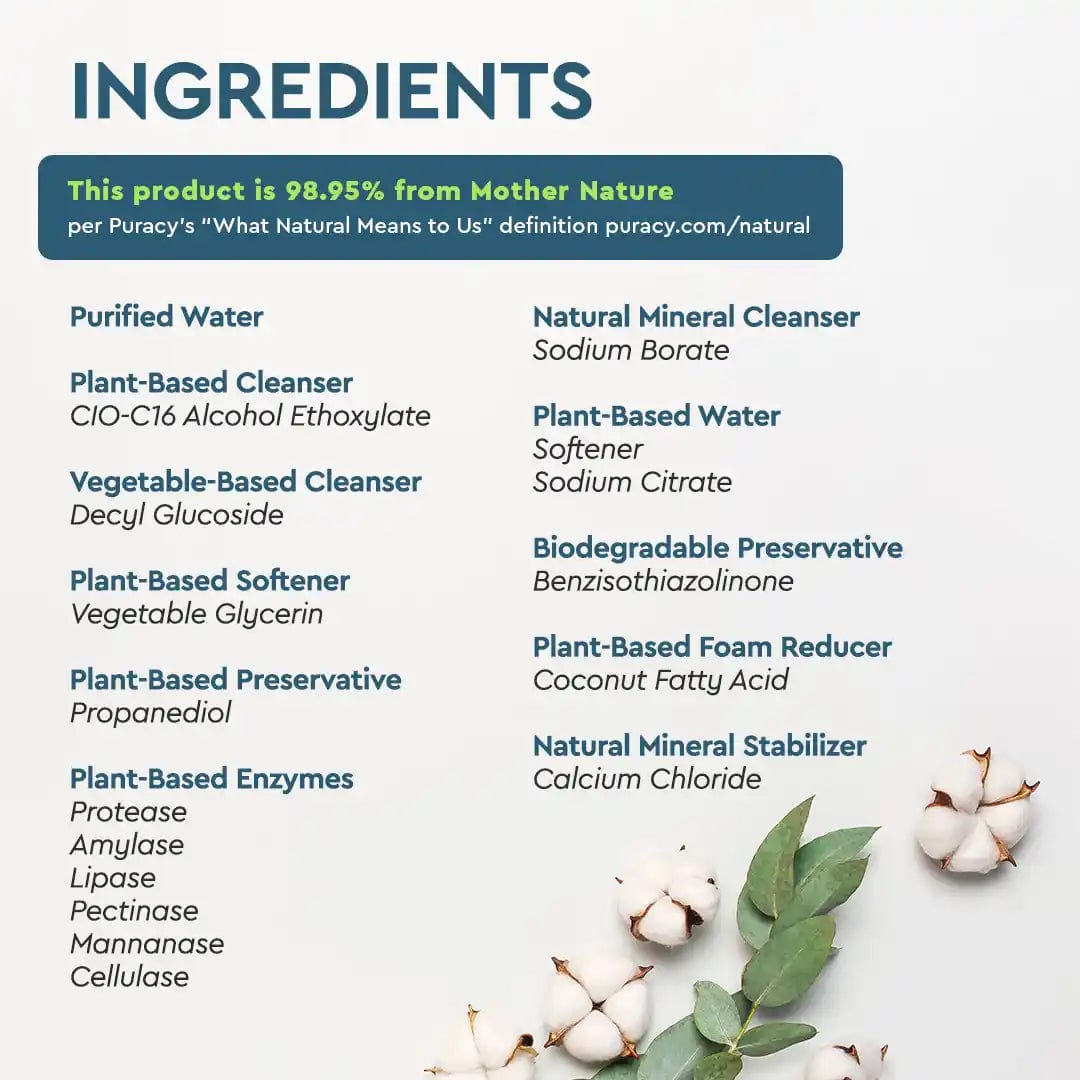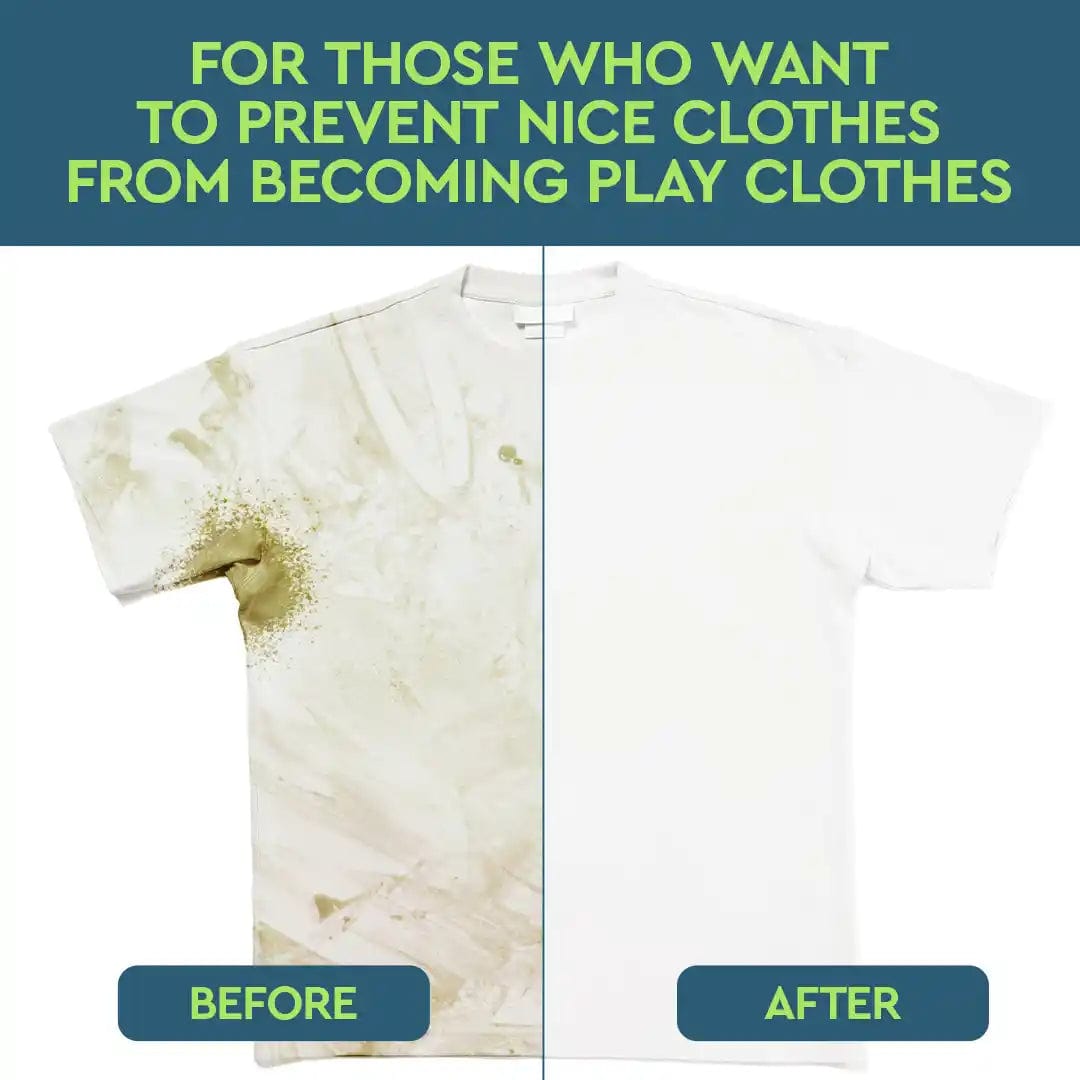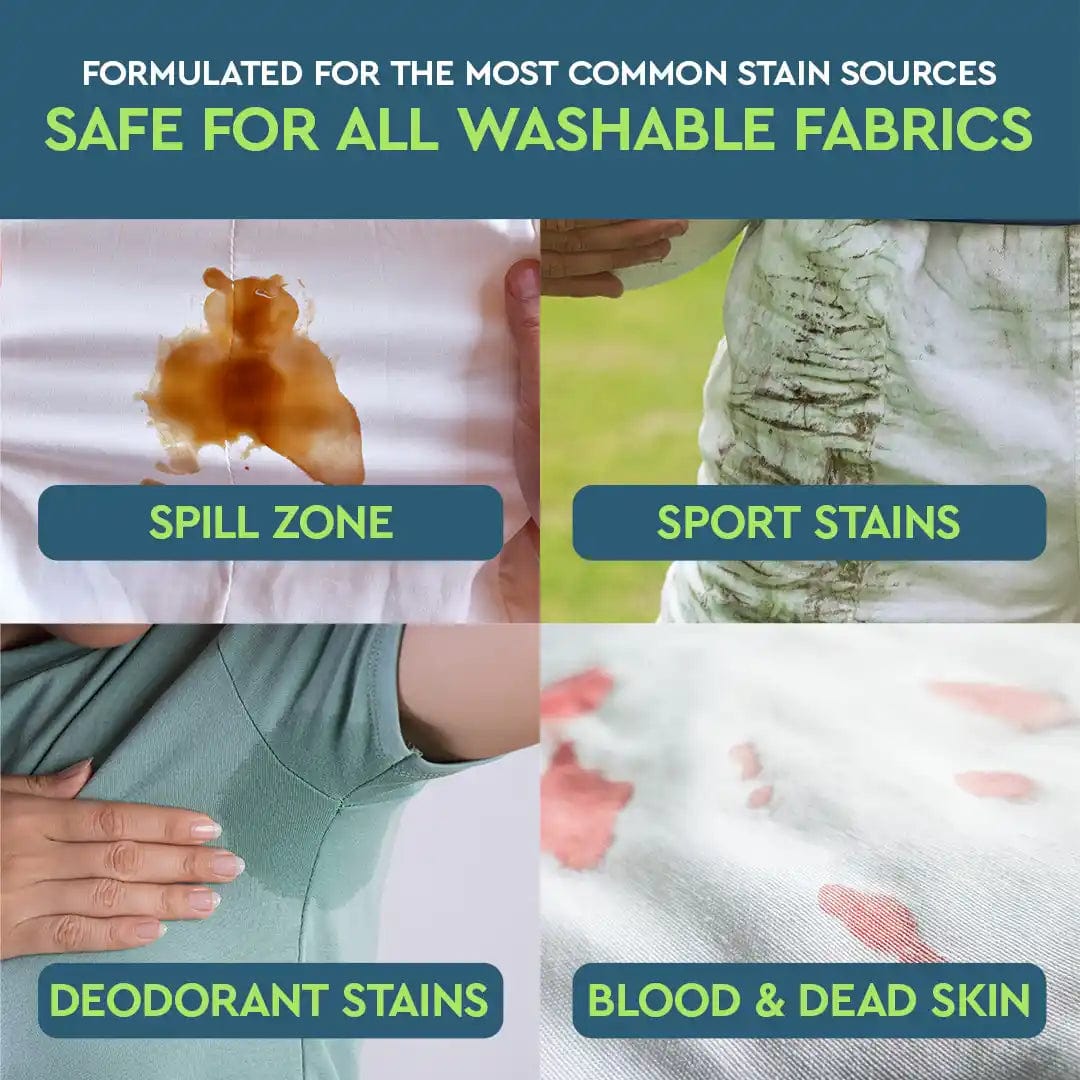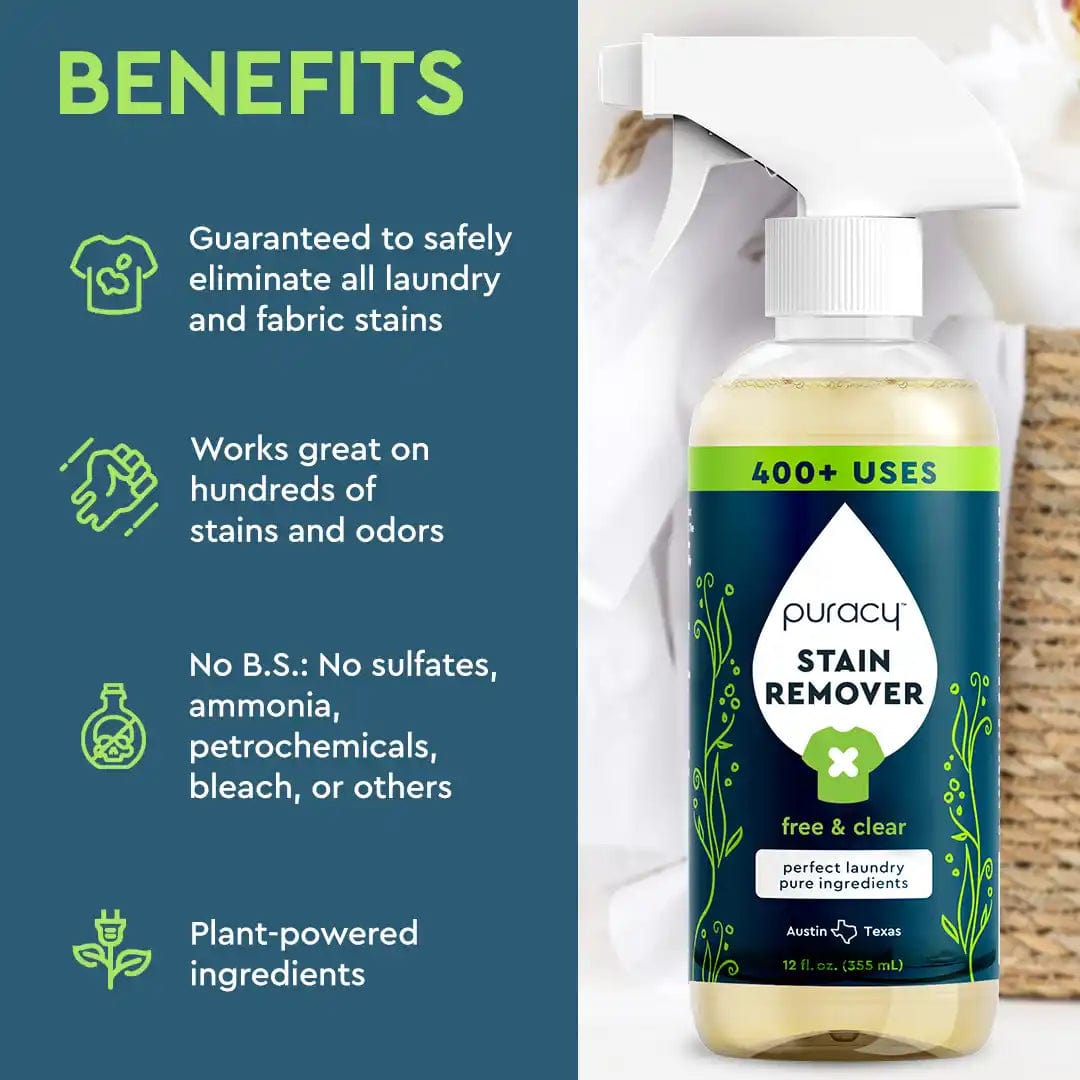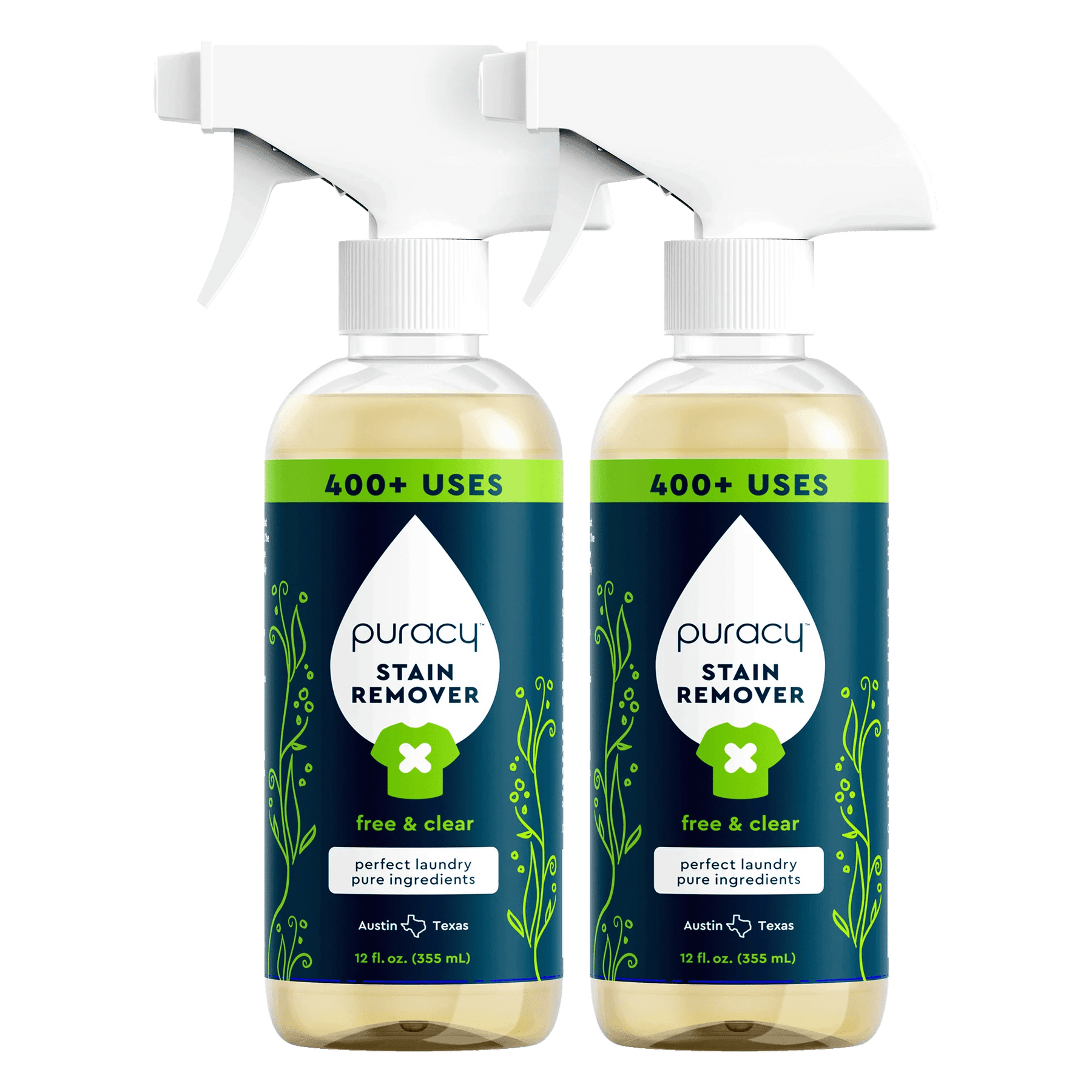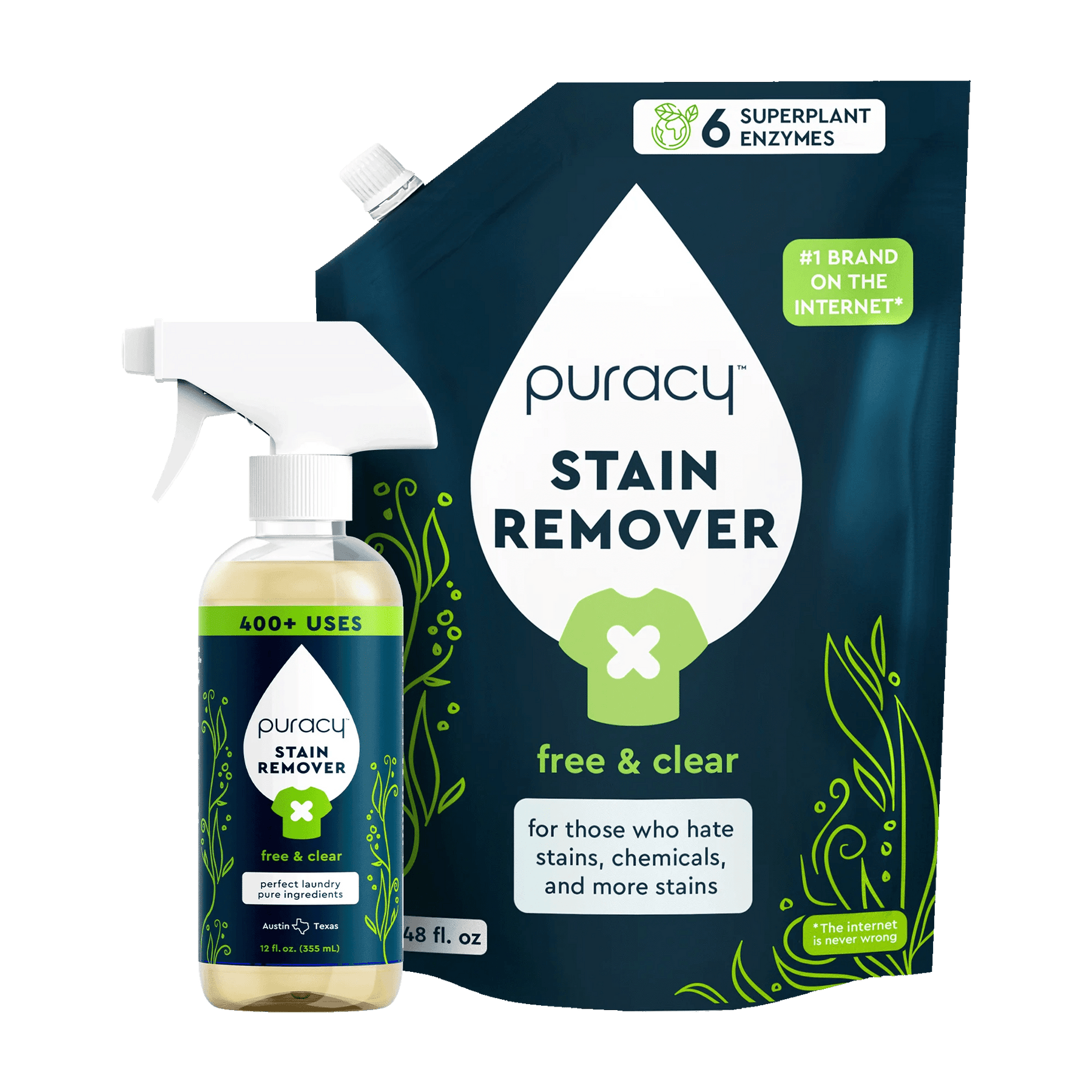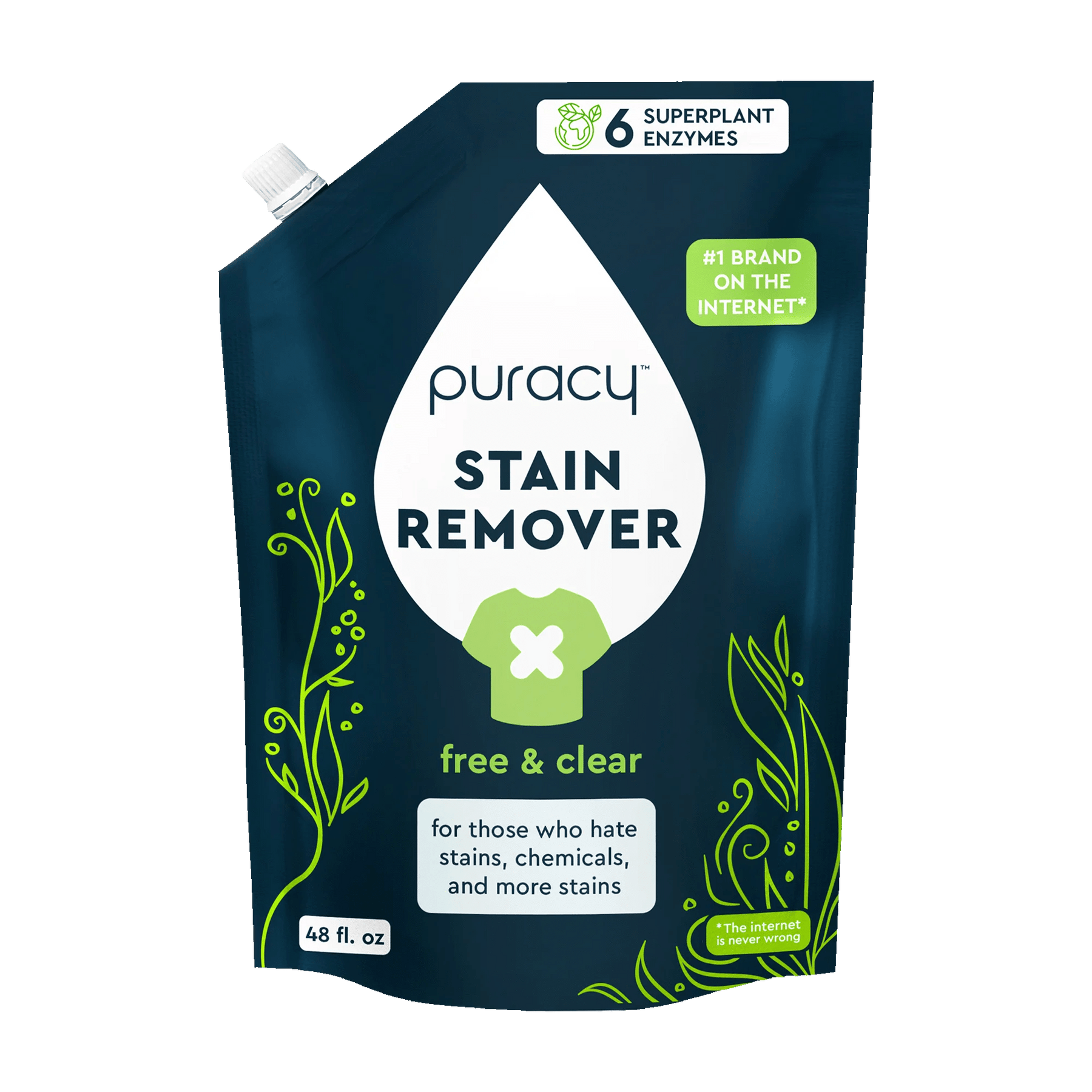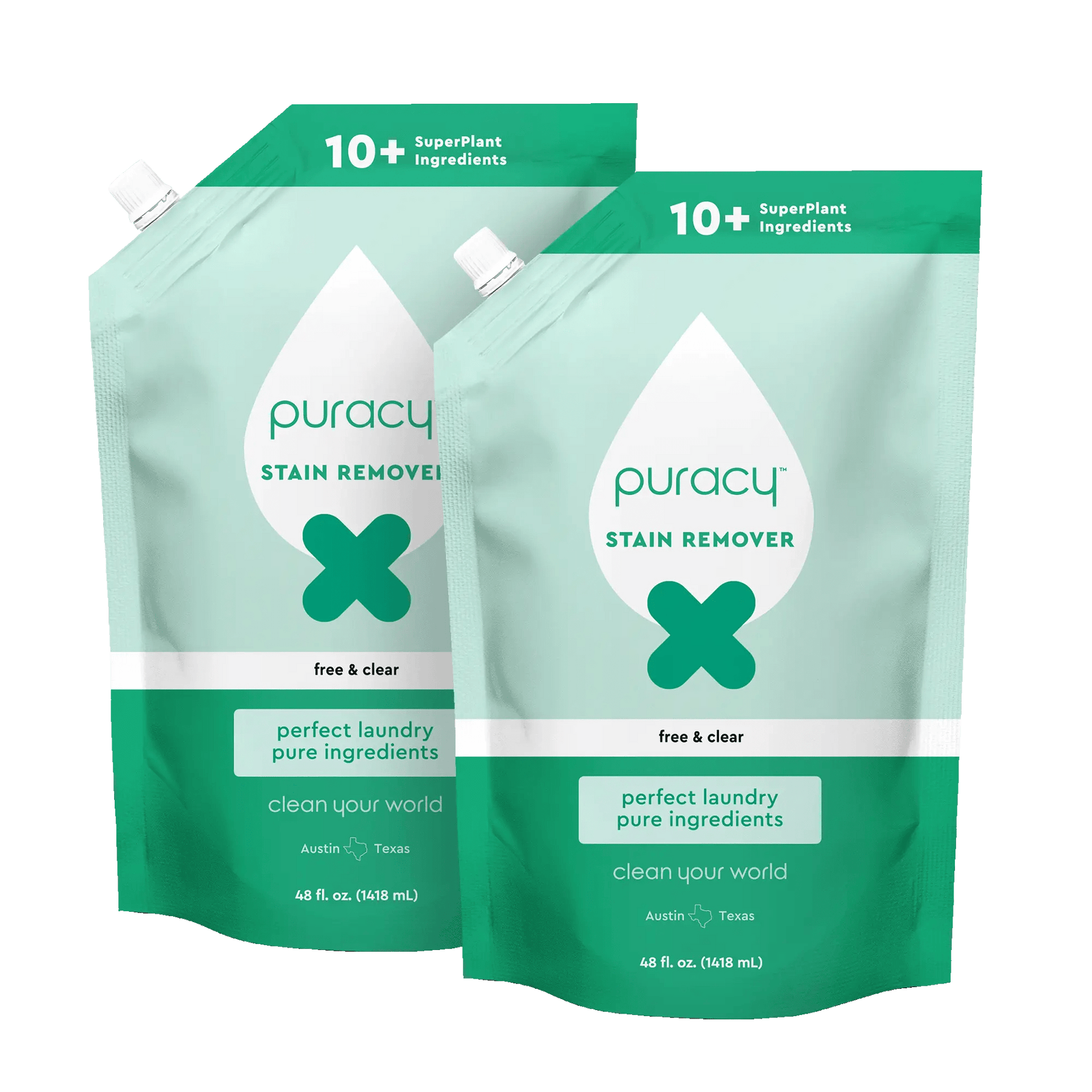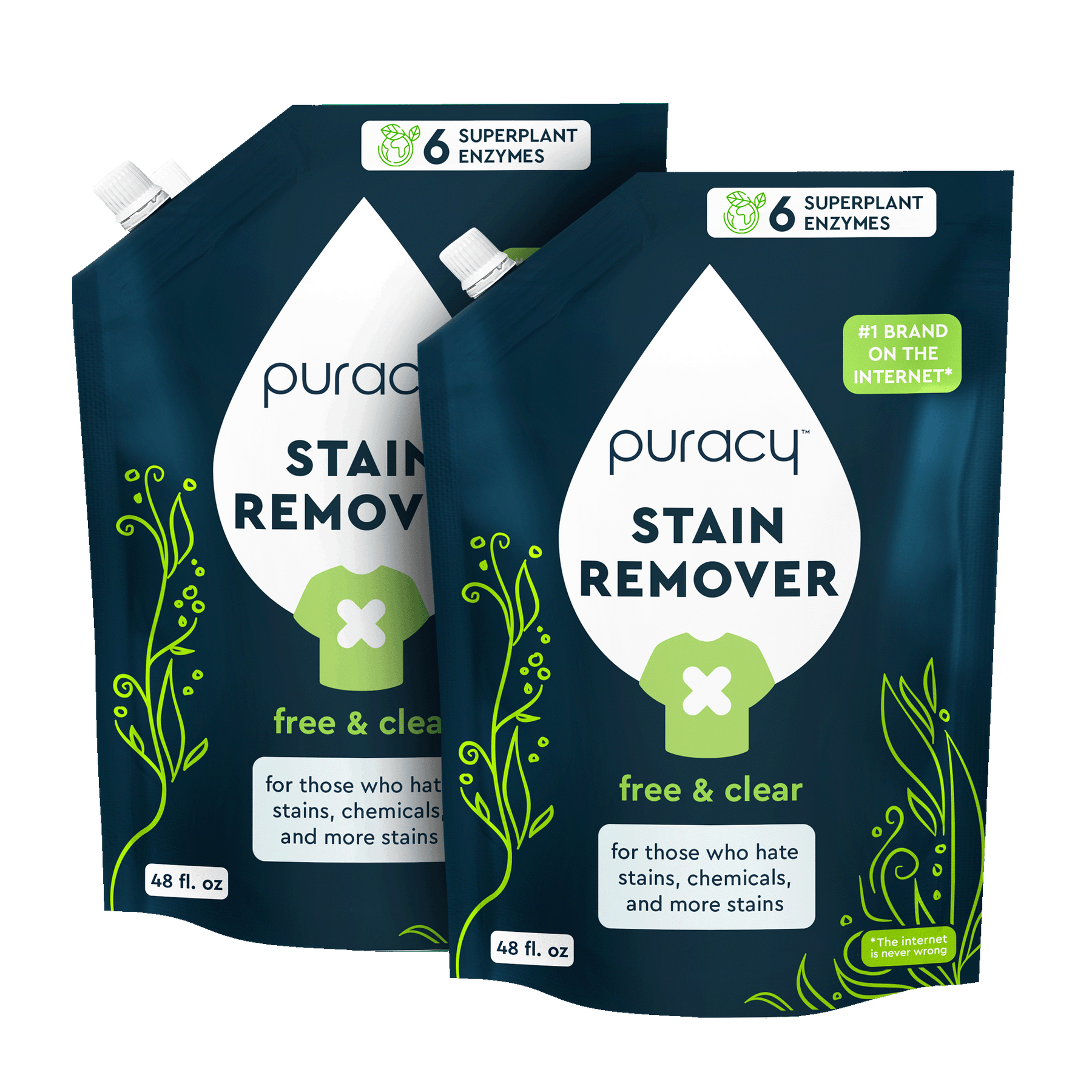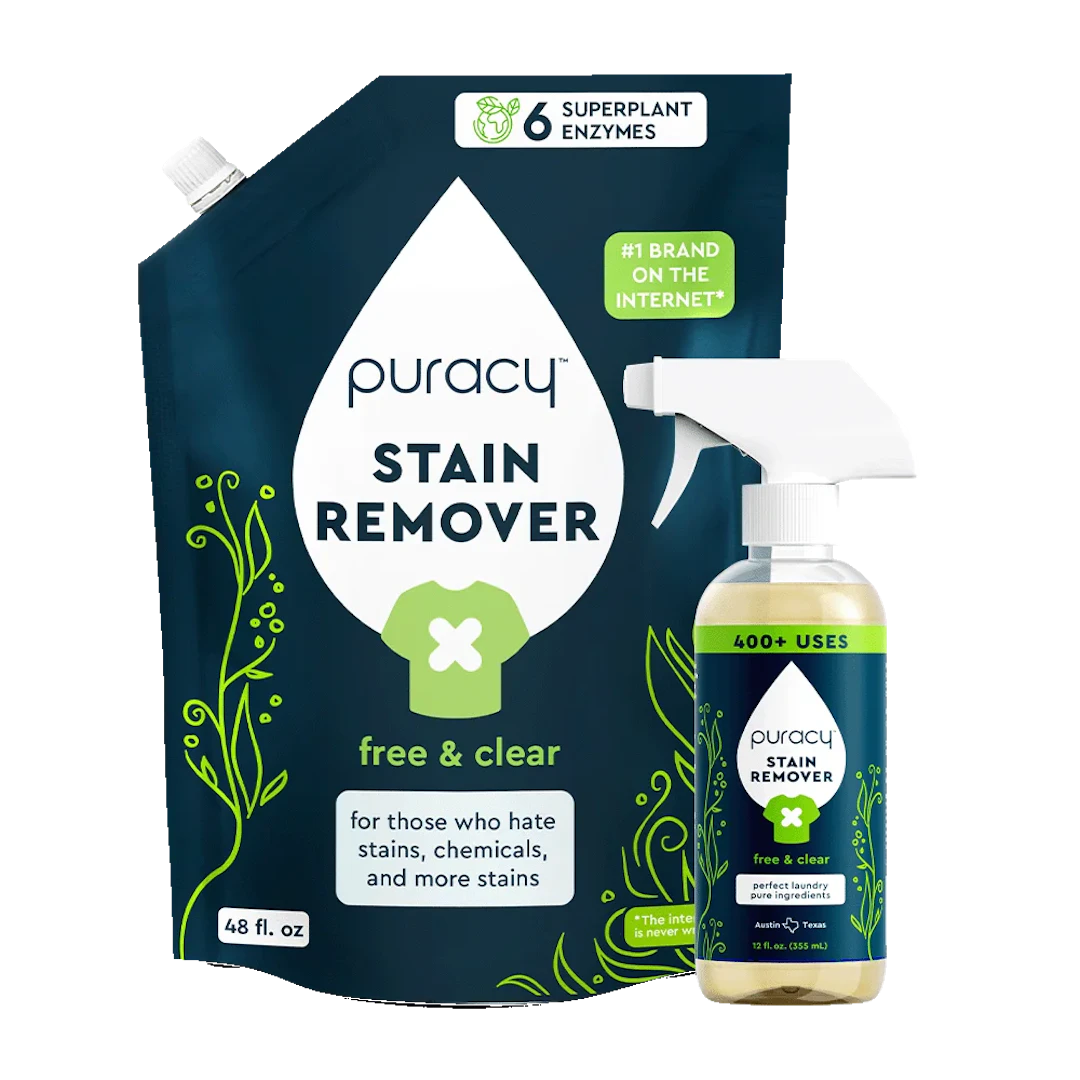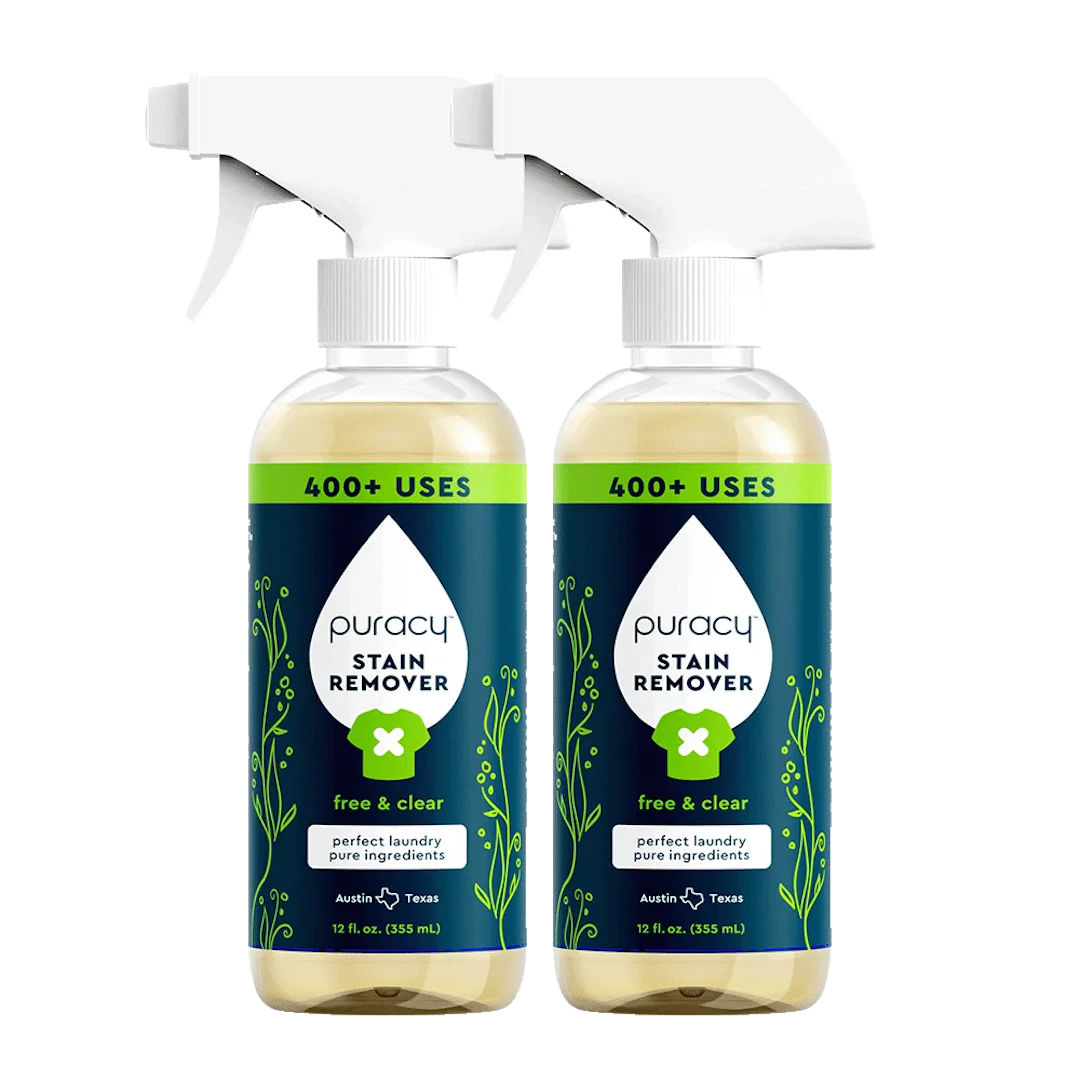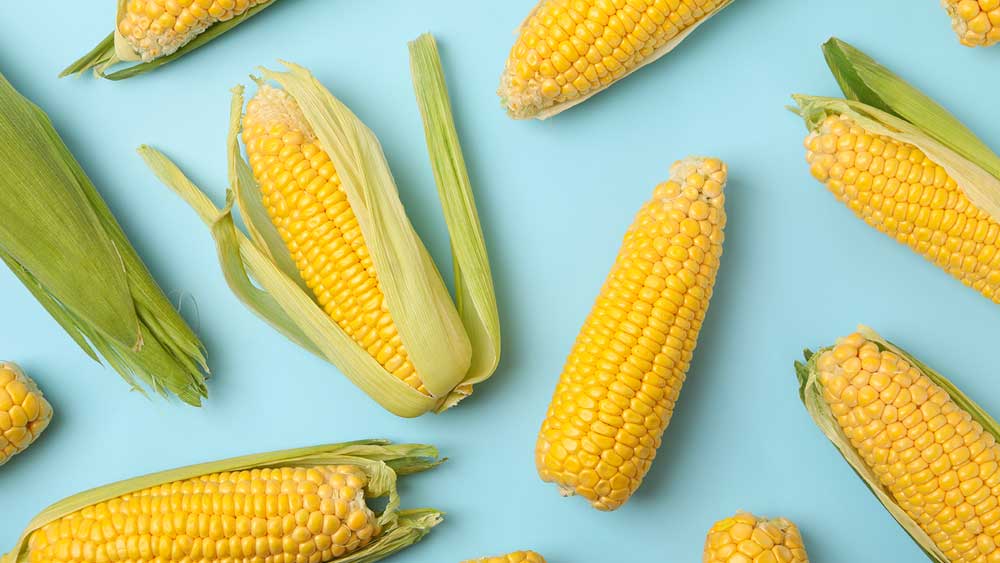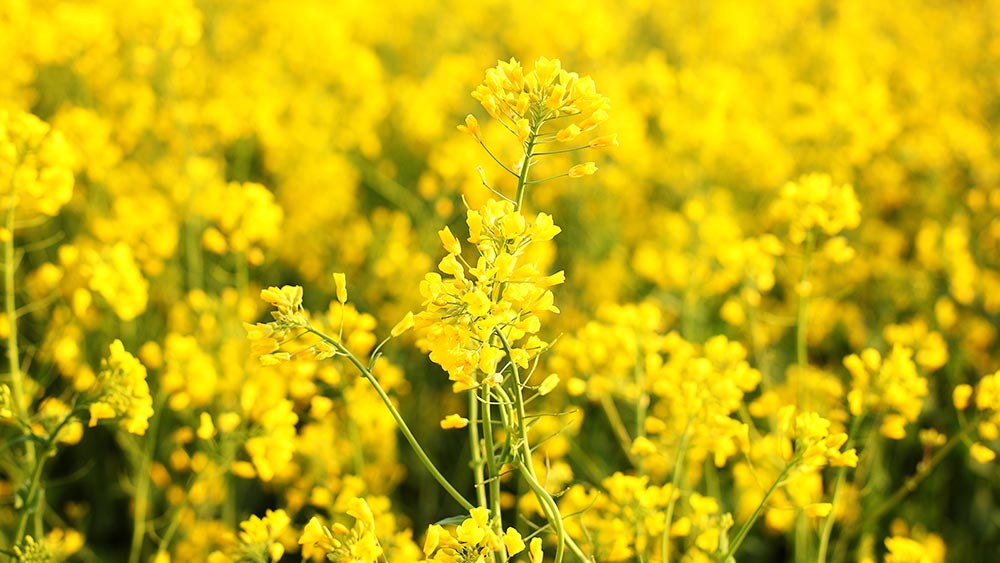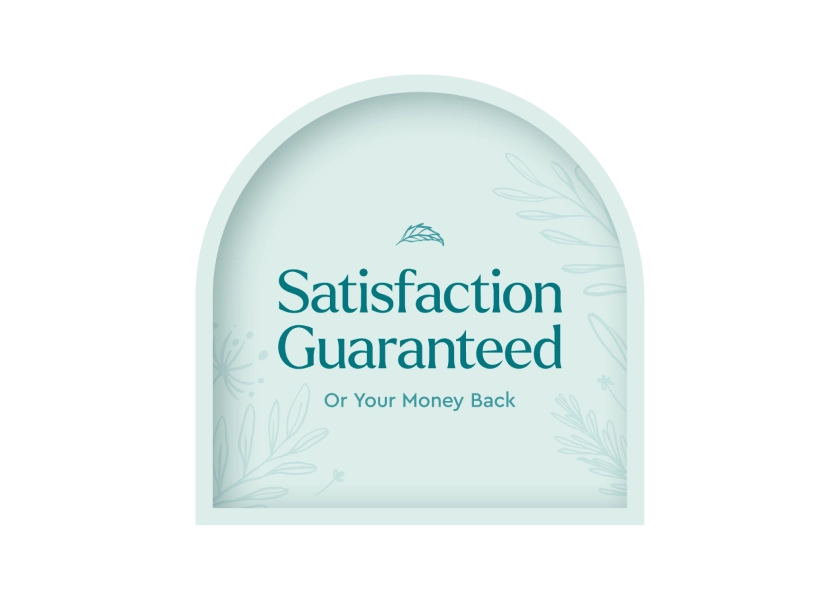Learn all about panthenol, including how it's made, and why Puracy uses panthenol in our products.
- Derived from: rice
- Pronunciation: (\ˈpan(t)-thē-nōl\)
- Type: Naturally-derived
- Other names: Vitamin B5
What Is Panthenol?

Panthenol is a water soluble substance made from vitamin B5, which is also called pantothenic acid. Pantothenic acid is found in all living things.[1] Panthenol comes in two forms: D-panthenol, which is an oily substance, and DL-panthenol, which is a white powder.[2]
Panthenol is used in thousands of personal care and cosmetic products, including:
- baby lotion
- bath products
- eye makeup
- fragrances
- hair care products
- nail care products
- suntan lotion
What Does Panthenol Do in Our products?

Panthenol is an emollient that makes products smoother and more spreadable. It is also a moisturizer that helps keep soothe skin and keep it soft and conditioned.[5] Studies show that formulations containing it significantly decrease water loss through the skin and accelerate wound healing.[6,7]
It improves barrier function and repair as a humectant. This property allows our products to attract and retain moisture. It also helps strengthen the skin’s barrier function, which protects it from environmental damage and dehydration.
For people with sensitive skin, panthenol works wonders as an anti-inflammatory. If you have eczema, psoriasis, and sunburn, it also reduces redness and irritation with its soothing properties.
Another great benefit is its role in hair growth. Panthenol is essential in strengthening the hair shafts and improving elasticity. This lessens breakage and split ends. It also promotes hydration, making it look and feel shinier and softer.
Benefits for Skin
- Improves skin hydration and barrier function
- Soothes and reduces inflammation
- Promotes wound healing
- Reduces the appearance of fine lines and wrinkles
- Improves skin elasticity
Benefits for Hair
- Strengthens the hair shaft and improves elasticity
- Reduces breakage and split ends
- Hydrates and nourishes hair
- Makes hair look and feel softer and shinier
Benefits for Nails
- Strengthens nails
- Reduces breakage and chipping
- Promotes nail growth
Why Puracy Uses Panthenol

We use panthenol as a moisturizer in our products. The Cosmetics Ingredient Review has deemed panthenol safe for use in cosmetics, and Whole Foods has deemed the ingredient acceptable in its body care quality standards.[11] Studies show it is not a strong skin irritant or a sensitizer.[12,13,14,15,16,17,18]
How Panthenol Is Made

Pantothenic acid exists in all living cells and tissues. It is a component of coenzyme A, and it is involved in releasing energy from carbohydrates, as well as helping the body use fats and proteins, among other things.[8,9]
It dissolves in water and is stable in neutral or less acidic aqueous solutions. The conventional manufacturing process of panthenol involves chemical condensation of synthetic R-pantolactone (α-hydroxy-β,β-dimethyl-γ-butyrolactone) with 3-aminopropanol.[10]
Is Panthenol Safe?

Safety on Human Health
The Environmental Working Group (EWG) gives panthenol a low hazard rating for skin and hair products. This means that there is a low risk of panthenol causing health problems.
However, it has a fair data availability rating. This means that there is still some uncertainty about its safety, especially when used in combination with other ingredients.
EWG also scores it low on all of the following common concerns:
- Cancer
- Allergies and immunotoxicity
- Developmental and reproductive toxicity
- Use restrictions
The Cosmetic Ingredient Review (CIR) finds panthenol a safe ingredient for use in cosmetics and personal care products, including as a hair conditioning agent. As an ingredient, it was also found to be non-sensitizing and non-irritating on humans at 0.5% concentration. Meanwhile at 5% concentration is non-sensitizing as a leave-on product but with low level erythema or skin inflammation.
Safety on the Environment
Panthenol is readily biodegradable in water, and it has a very low potential for bioaccumulation.
Sources
[1] Oregon State University Linus Pauling Institute
[2] Cosmeticsinfo.org
[3] Personal Care Council
[4] Personal Care Council
[5] Cosmeticsinfo.org
[6] Camargo, F.B., Gaspar, L.R., and Maia Campos, P.M., “Skin moisturizing effects of panthenol-based formulations,” Journal of Cosmetic Science (2011)Jul-Aug; 62(4):361-70
[7] Miller J.W., Rucker R.B. Pantothenic acid. In: Erdman JWJ, Macdonald IA, Zeisel SH, eds. Present Knowledge in Nutrition. 10th ed. Ames: Wiley-Blackwell; 2012:375-390
[8] Personal Care Council
[9] National Institutes of Health
[10] Ferrandez, A. et al. "Process for the production of panthenol"
[11] Whole Foods Market
[12] Personal Care Council
[13] “Final Report on the Safety Assessment of Panthenol and Pantothenic Acid,” International Journal of Toxicology, January/February 1987 vol. 6 no. 1 139-162
[14] CTFA. (1983). Four-day minicumulative human skin irritation study with a product containing 0.5 percent Panthenol. CTFA Code No. 3-8-22
[15] Hill Top Research, Inc. (1983). Report of a human skin test of cumulative irritation. CTFA Code No. 3-8-4
[16] Leo Winter Associates, Inc. (1974). Human repeated insult patch testing of a cream containing 0.5 percent Panthenol. CTFA Code No. 3-8-12
[17] CTFA. (1983). Human repeated insult patch testing of a cream containing 0.5 percent Panthenol. CTFA Code No. 2-8-15
[18] CTFA. (1983). Human allergic contact sensitization testing of a product containing 0.5 percent Panthenol. CTFA Code No. 3-8-23

